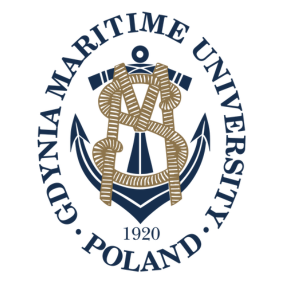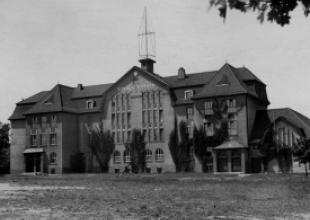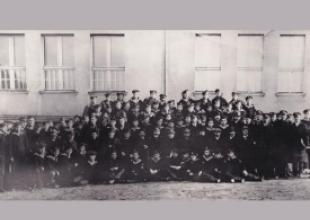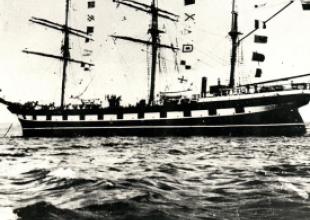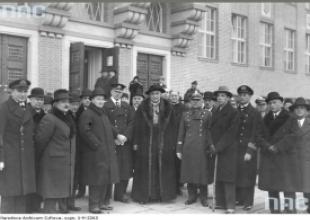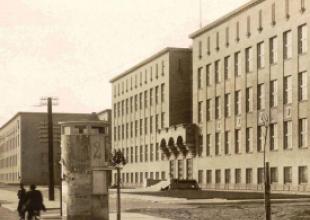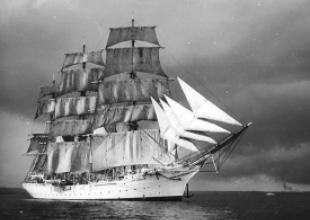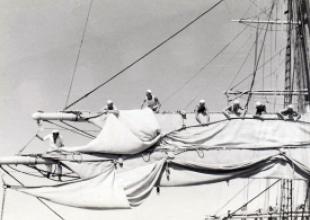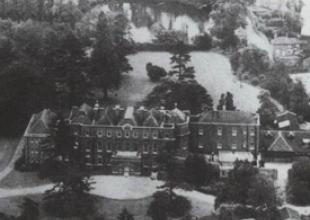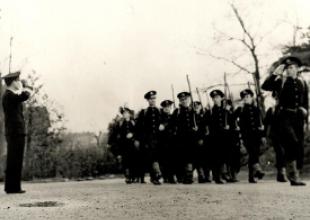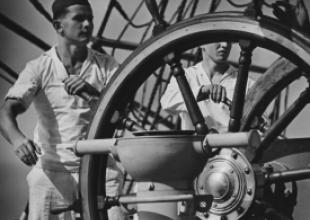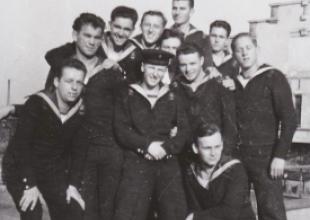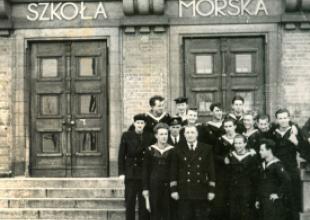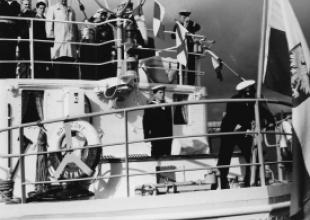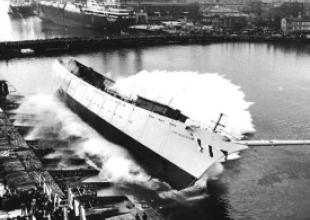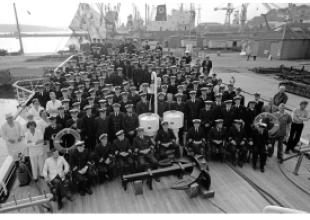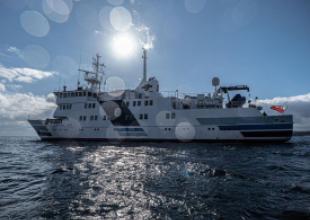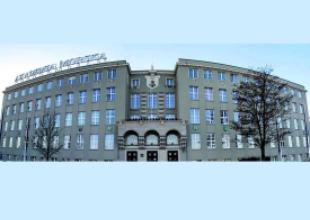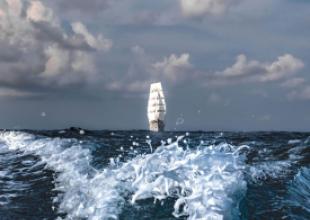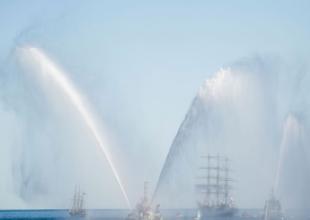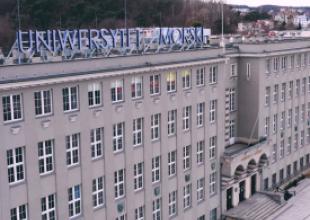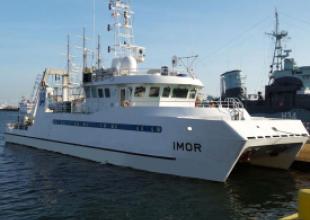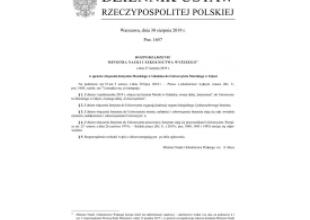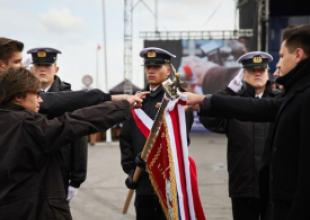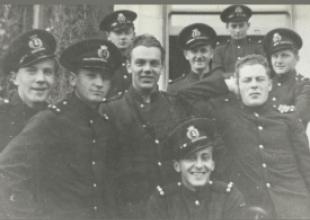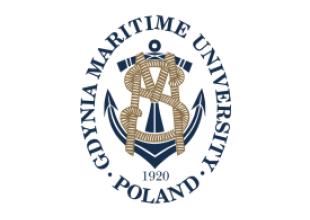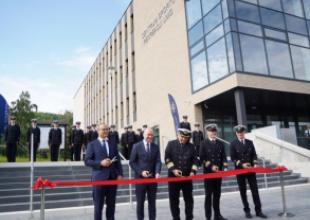History milestones
100 years of service to the Polish maritime industry.
The Maritime School in Tczew
The 100-year history of the Gdynia Maritime University began with the founding of the Maritime School by order of General Józef Leśniewski on 17 June 1920.
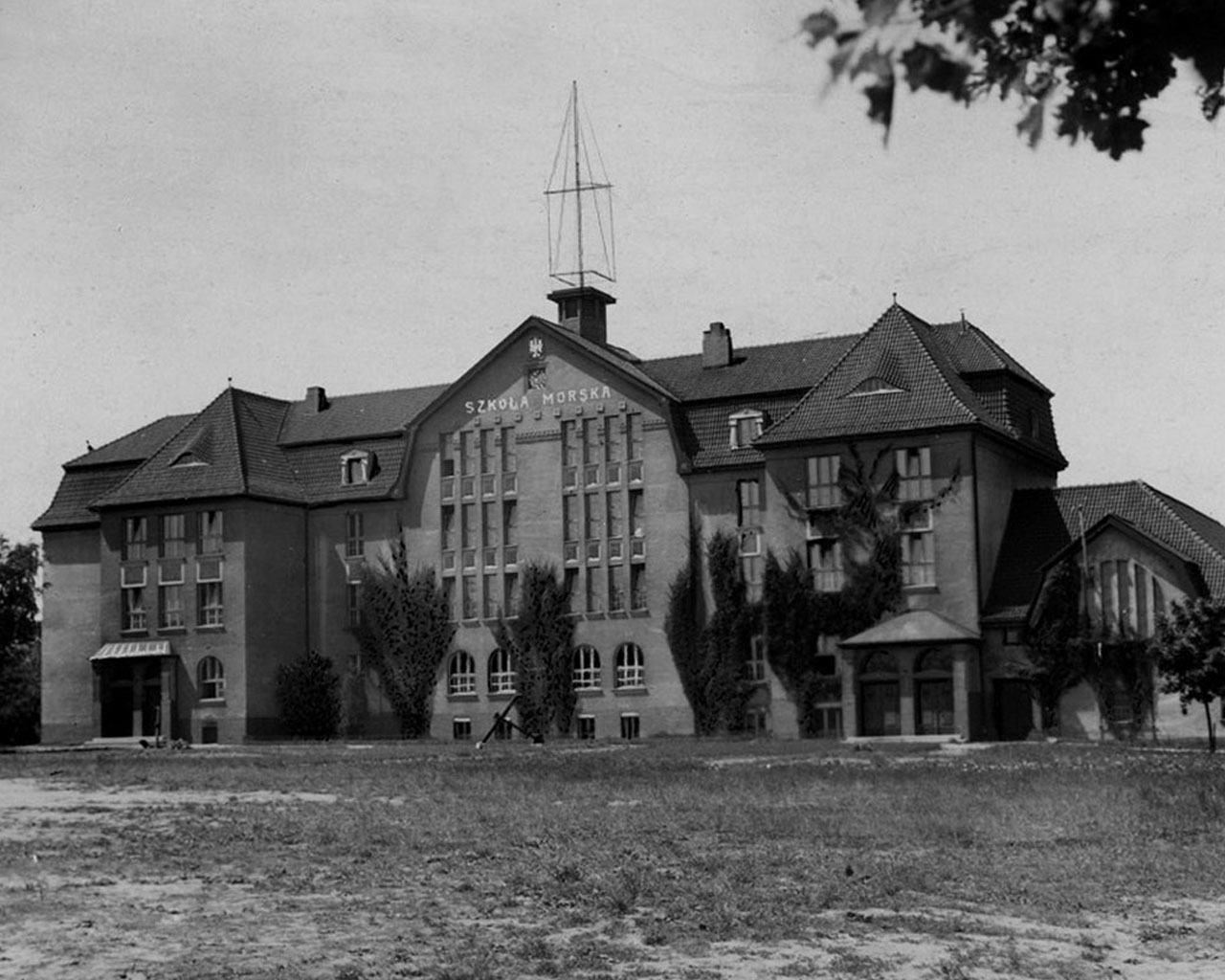
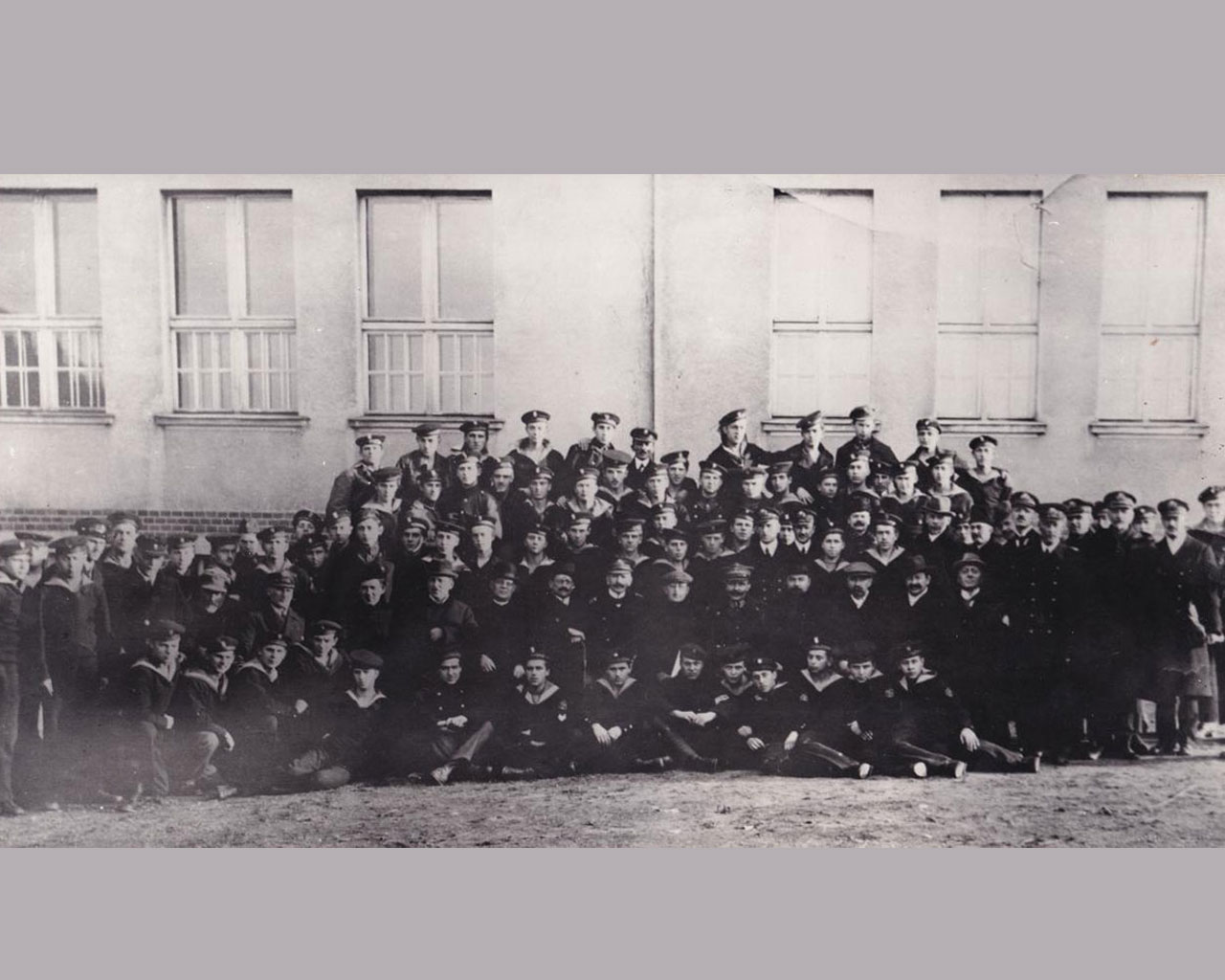
The grand opening of the first Maritime School in the reborn Republic of Poland took place on 8 December 1920. On that historic day in Tczew, the white and red flag of Poland was raised on the building of the once Women’s Middle School. At the time of its inauguration, the school began by launching the Faculty of Navigation and the Faculty of Marine Engineering.
The founders of the first Polish maritime school were convinced that the education of the future officers of the Merchant Navy should largely take place off-shore. Therefore, a search of European ports began to find a suitable ship to purchase for the school. This led to the discovery of a barque named Nest which was built in the port of Birkenhead, England in 1869. The ship was renamed Lwów and the Polish flag was ceremonially raised on board for the first time in Reda, Gdynia on 4 September 1921.
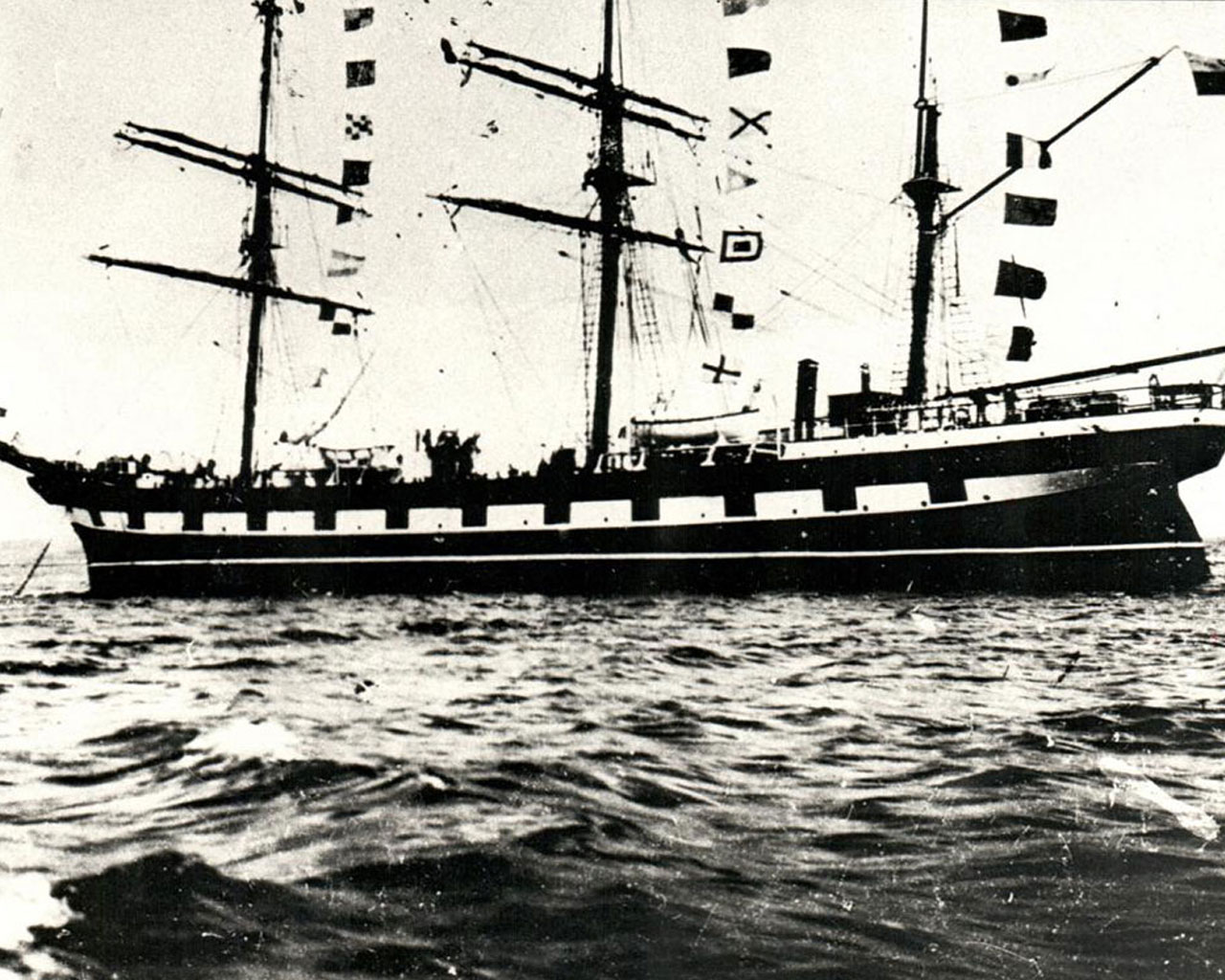
The State Maritime School in Gdynia
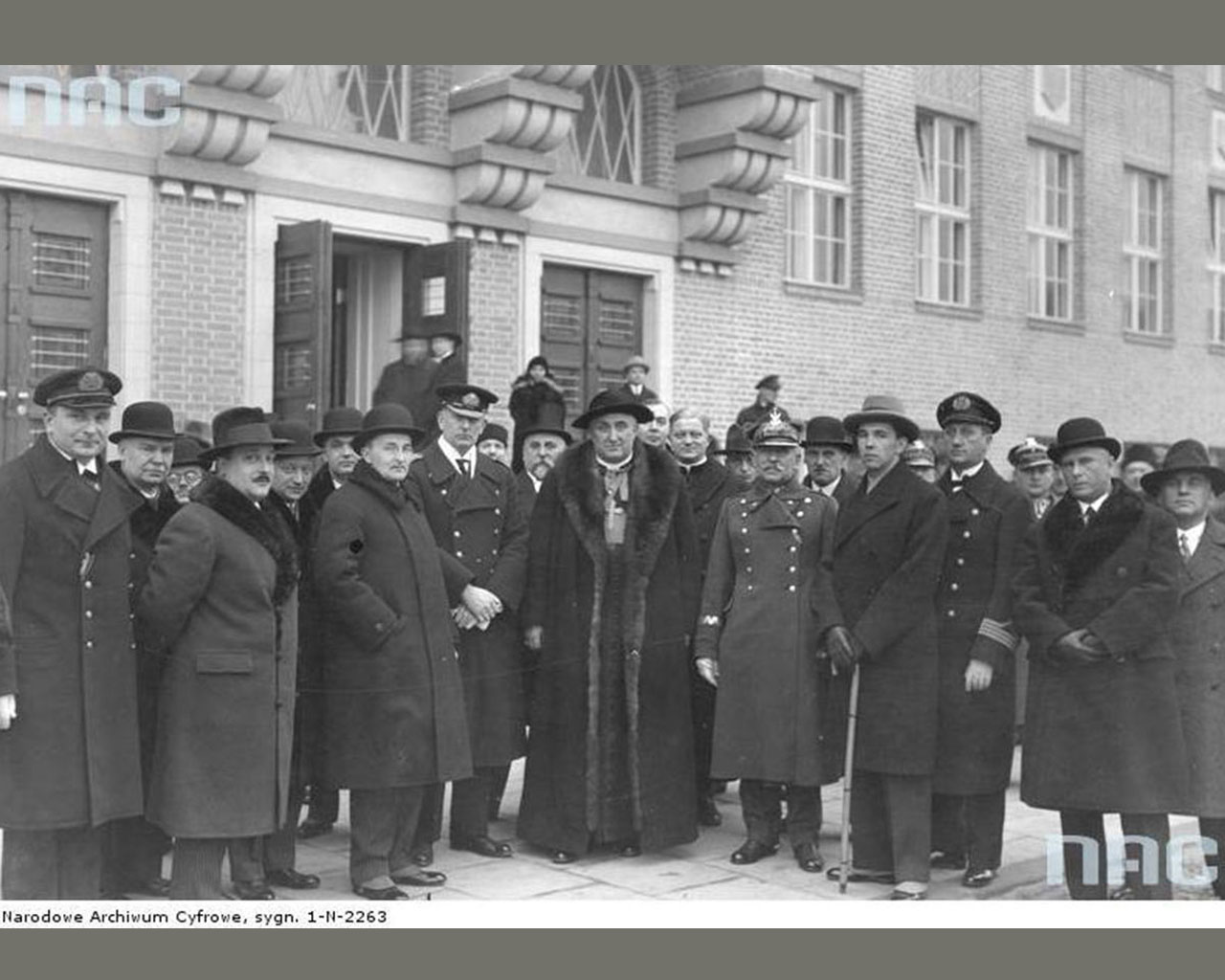
In 1928, the decision was made to relocate the School in Tczew to Gdynia. On December 8 1930 the grand opening and consecration of the main building of the Gdynia State Maritime School took place.
The new building in Gdynia was equipped with a full-scale academic and scientific infrastructure, including physics, electrical engineering, chemistry, and commodity science offices, as well as workshops for deviation, navigation, radioelectronics, and radiotelegraphy with a short-wave broadcasting station. A weather station and a workshop for rope and sail works were also opened. All scientific offices, workshops, and machine shops with a forge and a locksmith were located in a dedicated building.
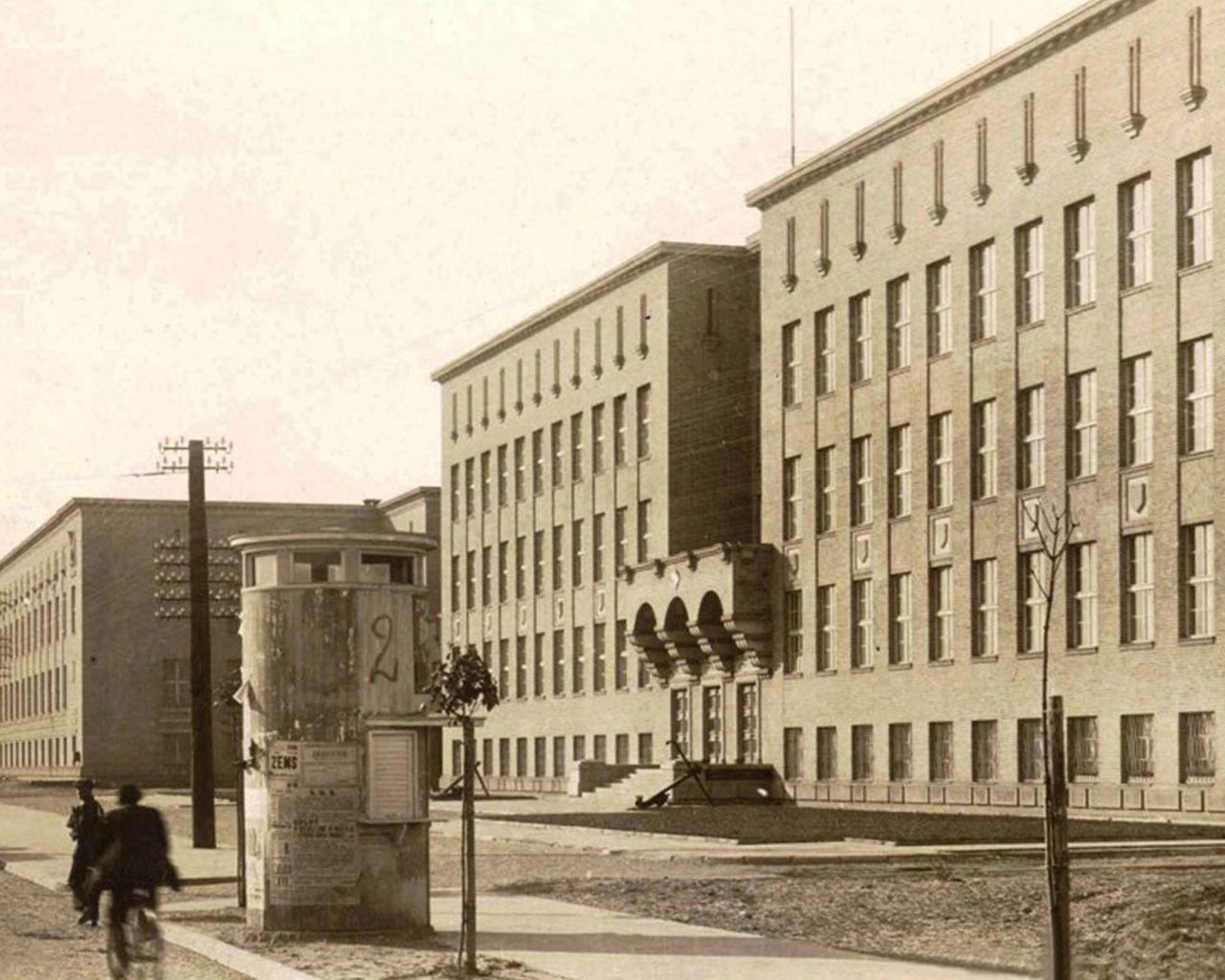
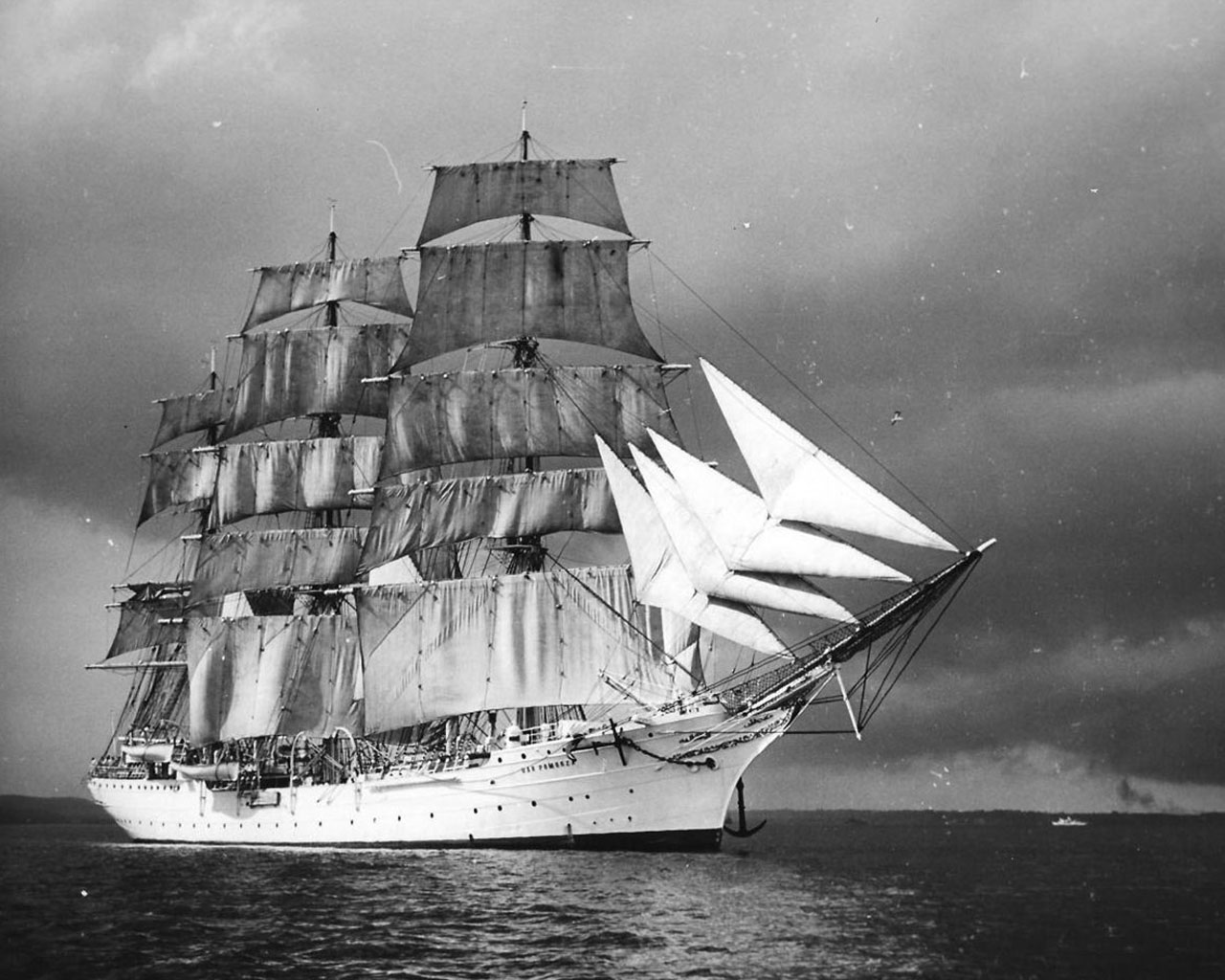
In the 1930/1931 academic year a new training ship, the frigate Dar Pomorza, replaced the worn-out Lwów.
The Gdynia Maritime School’s new sailing ship was the first vessel to sail around the world under the colours of the Polish flag. At the time, it was the longest and most famous voyage in the history of the white frigate. The ship set sail on 16 September 1934, returning to port 352 days later.
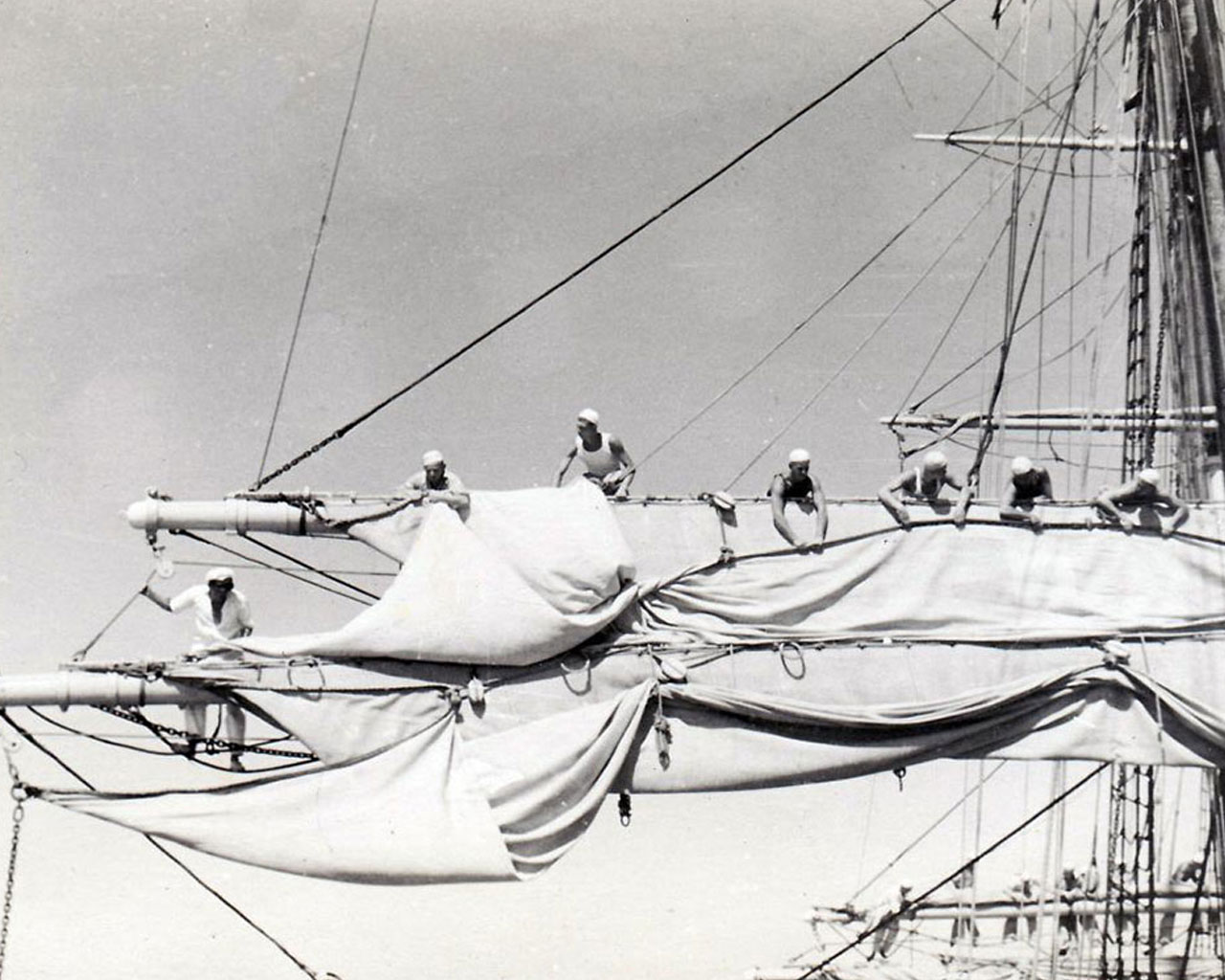
In 1938, the School inaugurated the Faculty of Maritime Transport and Administration. With the outbreak of WWII began a new era of education in the history of the State Maritime School - in exile.
The State Maritime School in Southampton
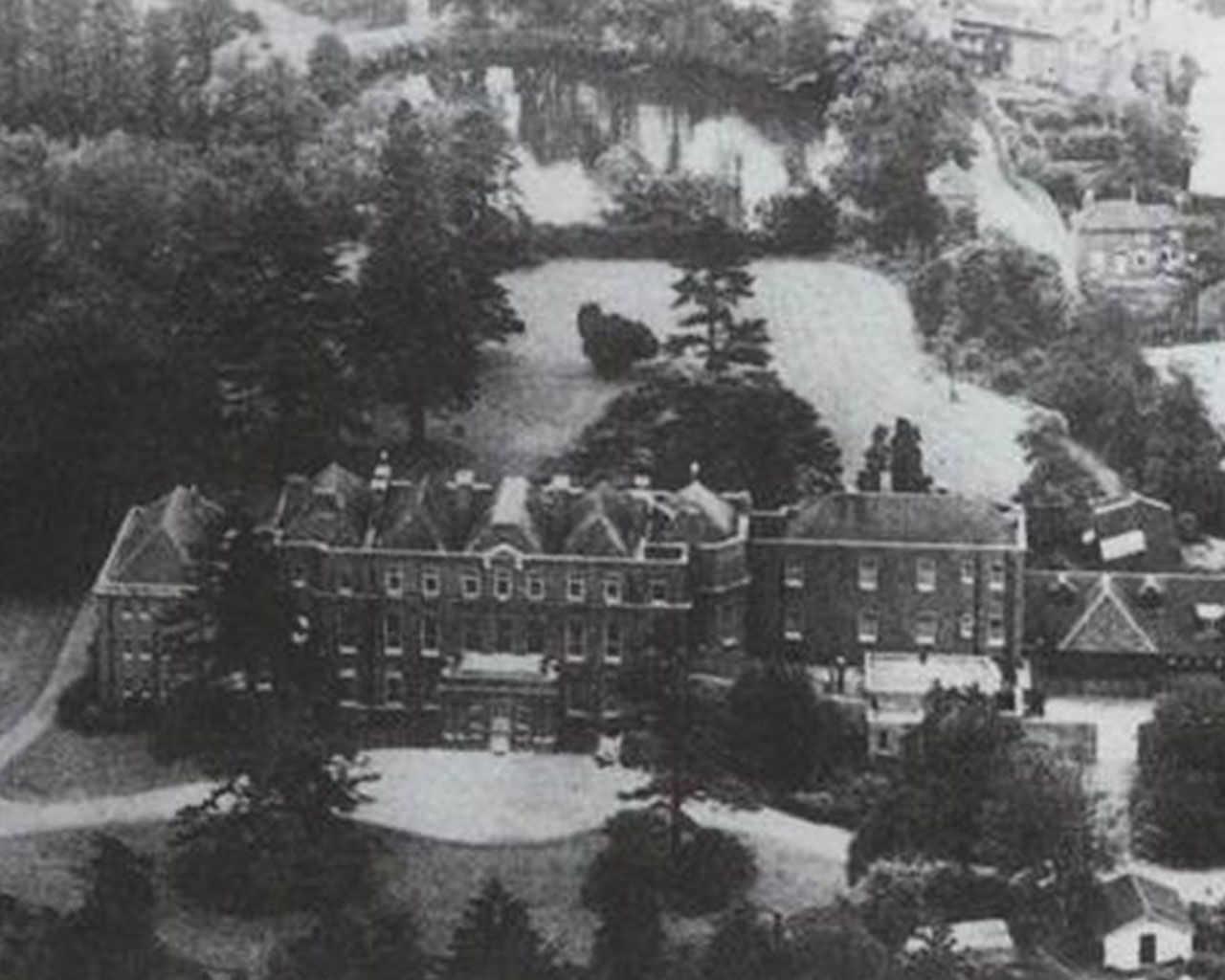
After arriving in Britain on December 2 1939, the staff of the State Maritime School submitted a proposal to the newly opened Ministry of Industry and Trade for the “provisional organisation of the Maritime School in England”. The Maritime School in Southampton, located on the campus of the local University College, directly continued the work of the Gdynia School.
The first course in exile began on 18 September 1940 and was attended by 30 students, of which 28 passed. The program provided the knowledge necessary to perform the role of Lieutenant and in the prevailing war-time conditions lasted 8 months.
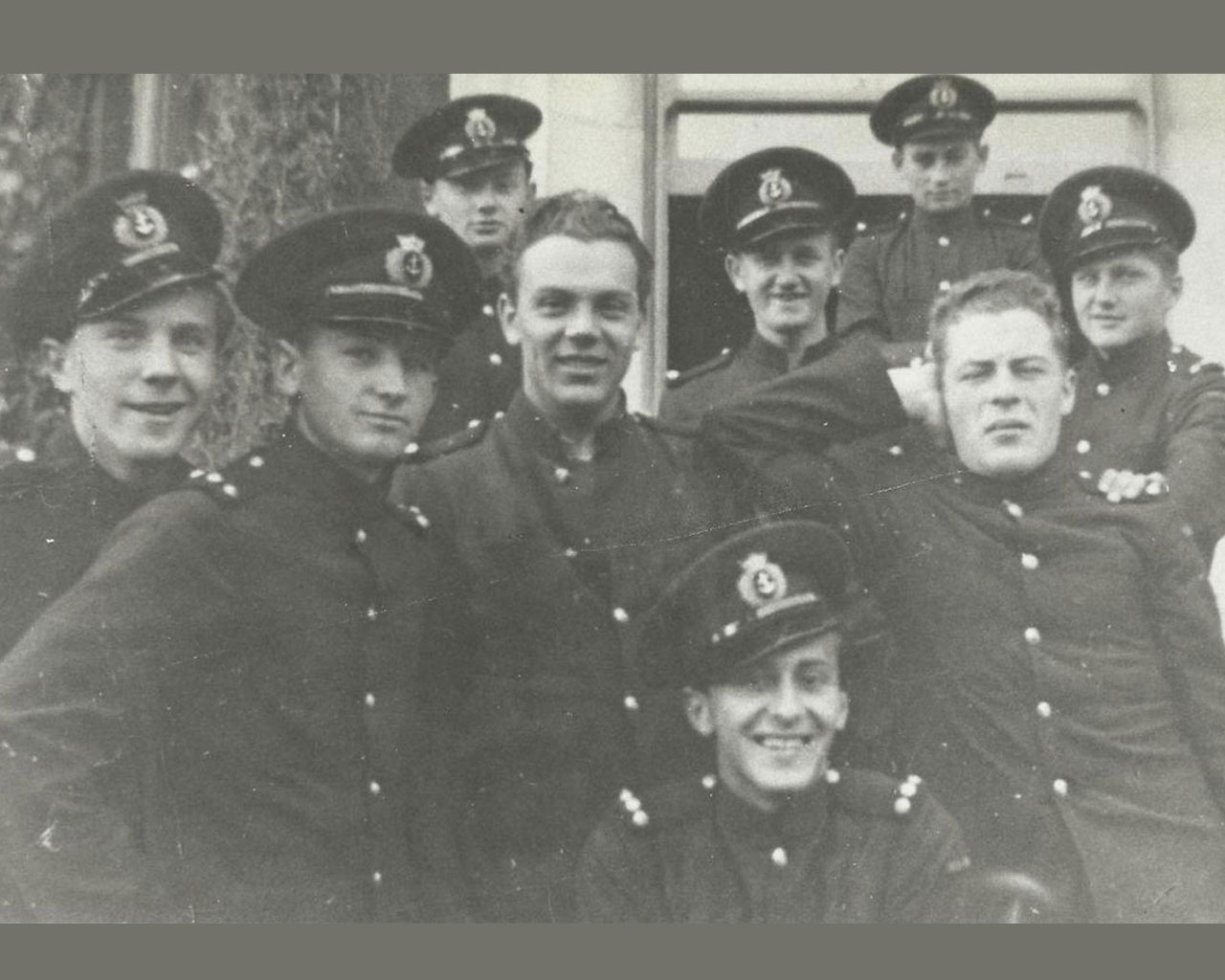
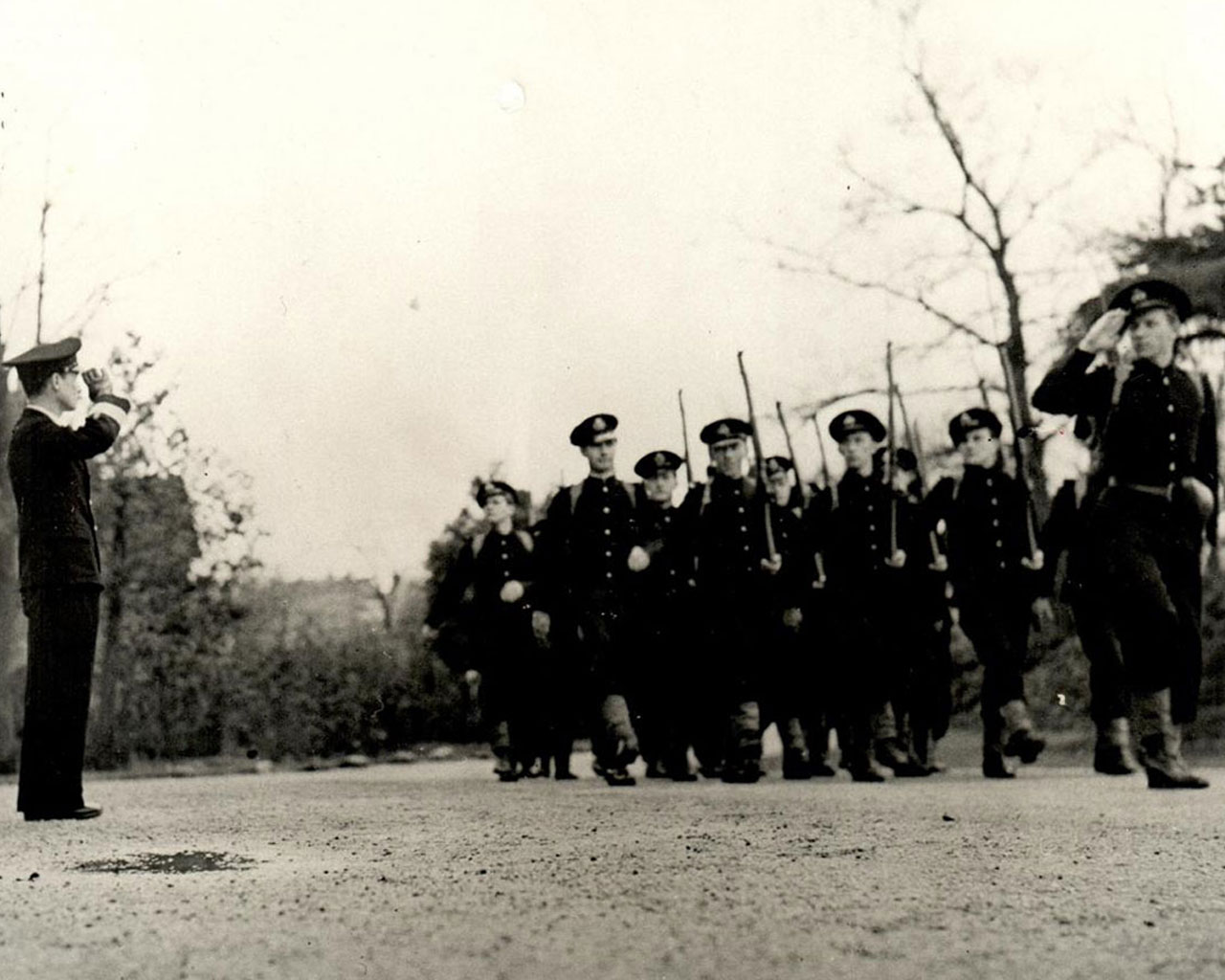
Navigation training took place in Southampton during the years 1940-1943, after which the Maritime School was relocated to London. It was here that in 1943-1945 training was carried out for Sub-lieutenant, Captain, Skipper I class, Machinist I class and Junior Mechanical Engineer.
In 1945 a Polish Maritime Middle school was also opened in the U.K. in Landywood, near Birmingham. During its first year, the school was directed by Karol Borchardt. In 1947 it was relocated to Lilford, near Peterborough in Northamptonshire. The school closed in 1949.
Following the withdrawal of support of the Western Allies, all training of Polish maritime personnel came to an end.

The Gdynia State Maritime School
The first entrance exams for the State Maritime School were held on 8-14 October 1945. 67 applicants were admitted to study in the Faculty of Navigation and 68 in the Faculty of Marine Engineering. A further 22 students that were due to begin their studies around the time of the outbreak of war in September 1939 were also admitted.
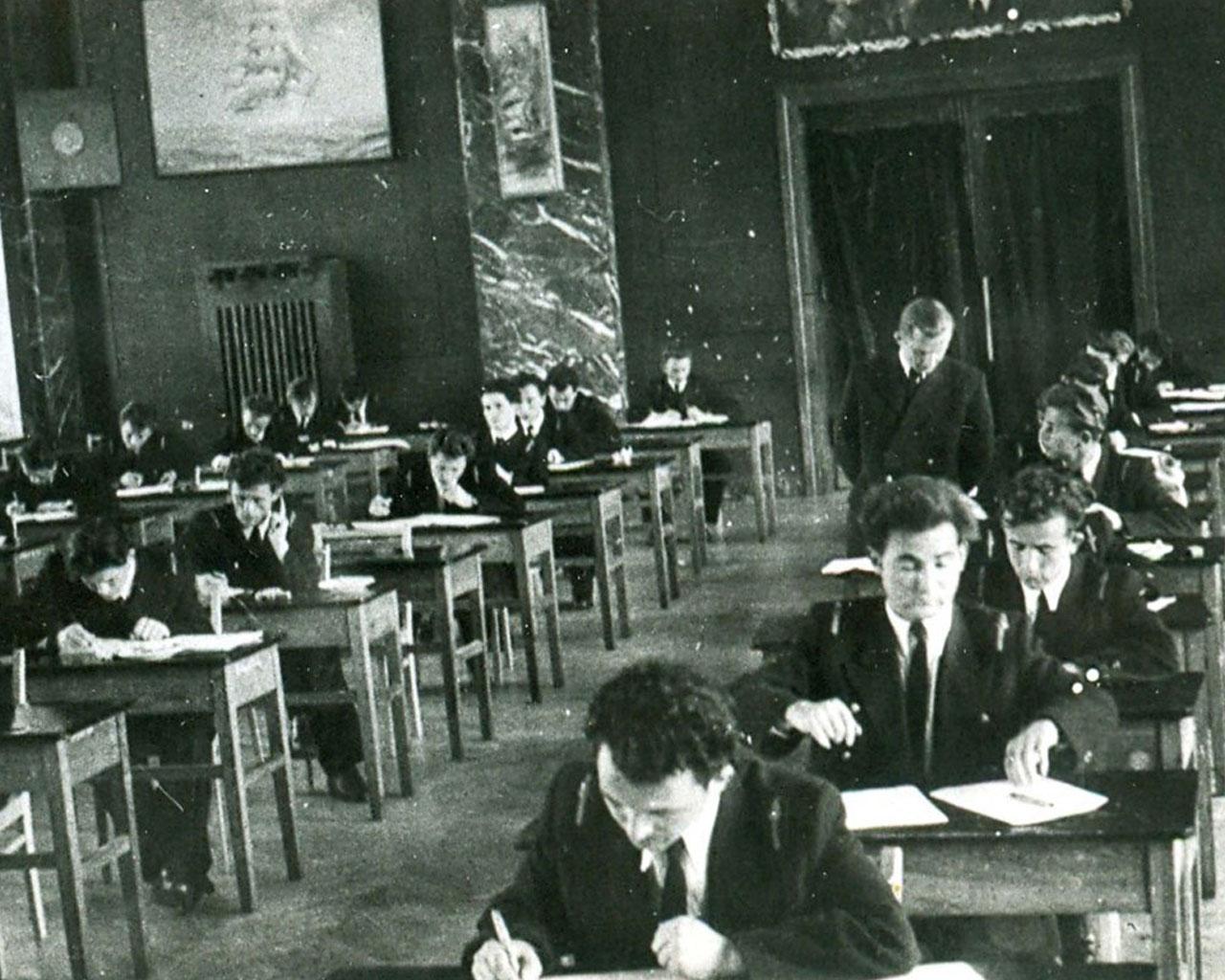
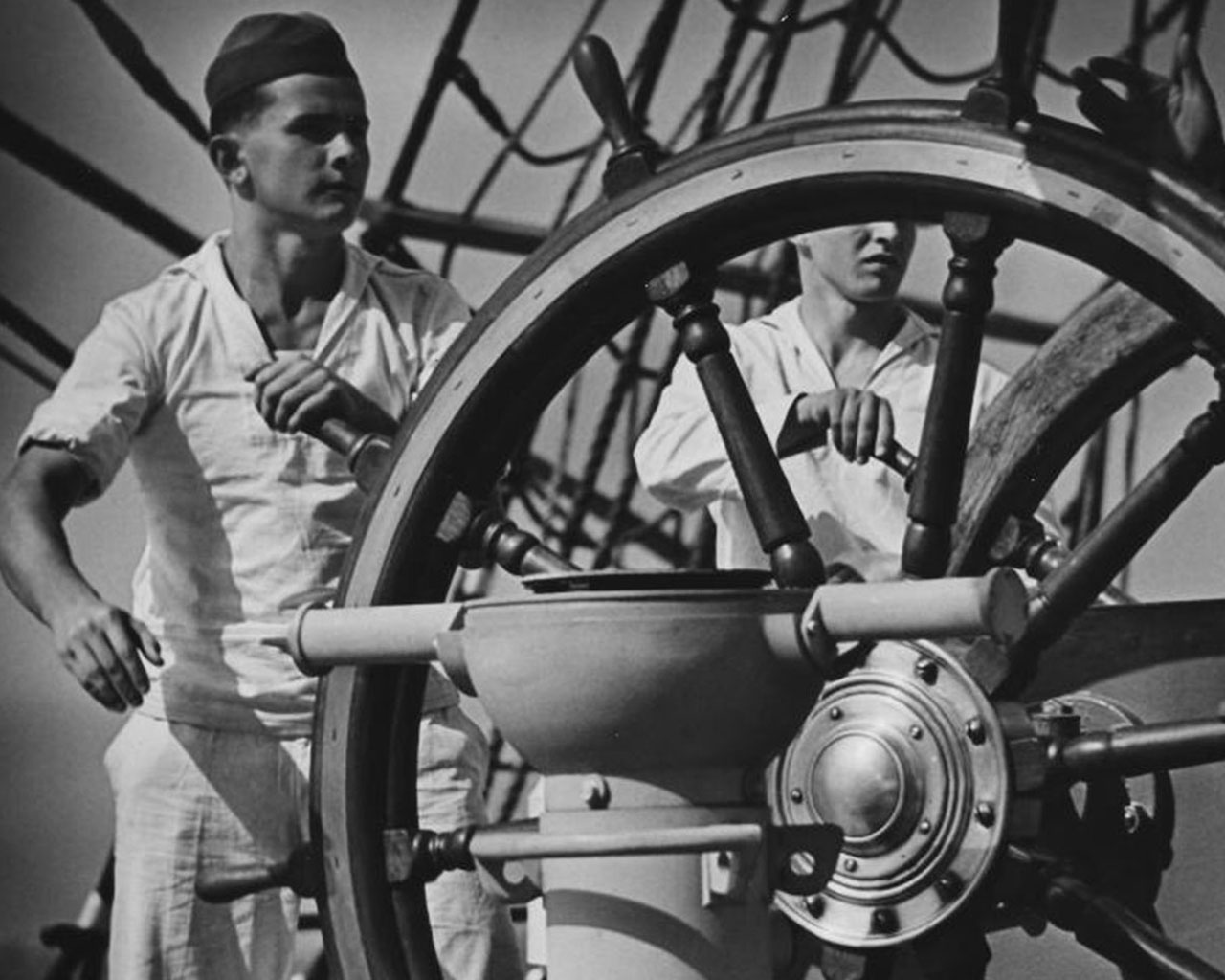
At the command of the Polish Navy, the Dar Pomorza returned to Poland on 7 November 1945 and engaged the School in the onboard training of officers from its Naval Academy.
Following the decision of the Minister for Shipping and Foreign Trade, 1947 saw the opening of the Maritime School in Szczecin and the relocation of the Faculty of Navigation as well as its director, Master Mariner Konstantyn Maciejewicz, and the Dar Pomorza (although Gdynia would remain the ship’s home port). Only the Faculty of Marine Engineering under the leadership of Antoni Garnuszewski remained in Gdynia. In 1951, the two schools were renamed as the Maritime College of Marine Engineering in Gdynia and the Maritime College of Navigation in Szczecin.
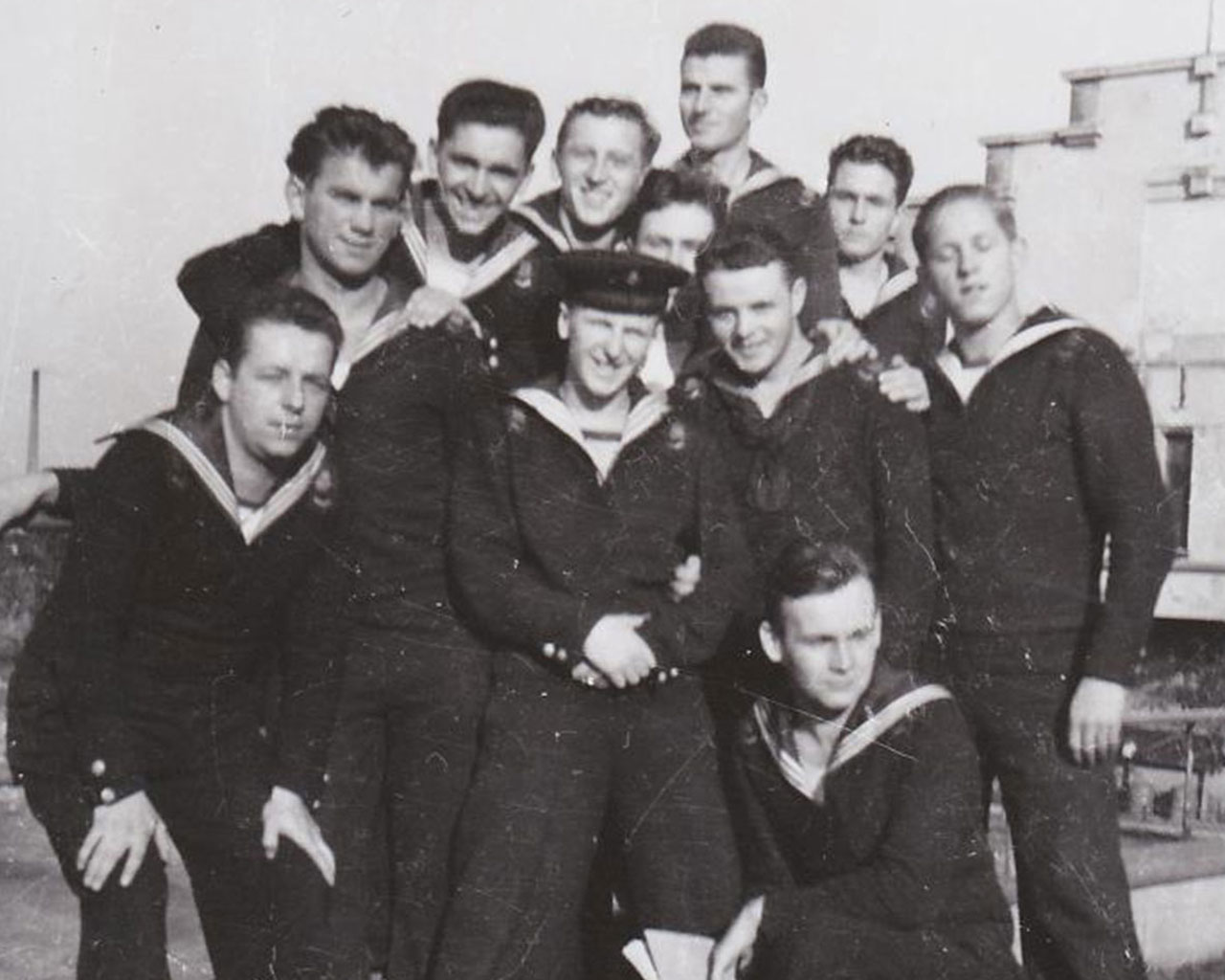
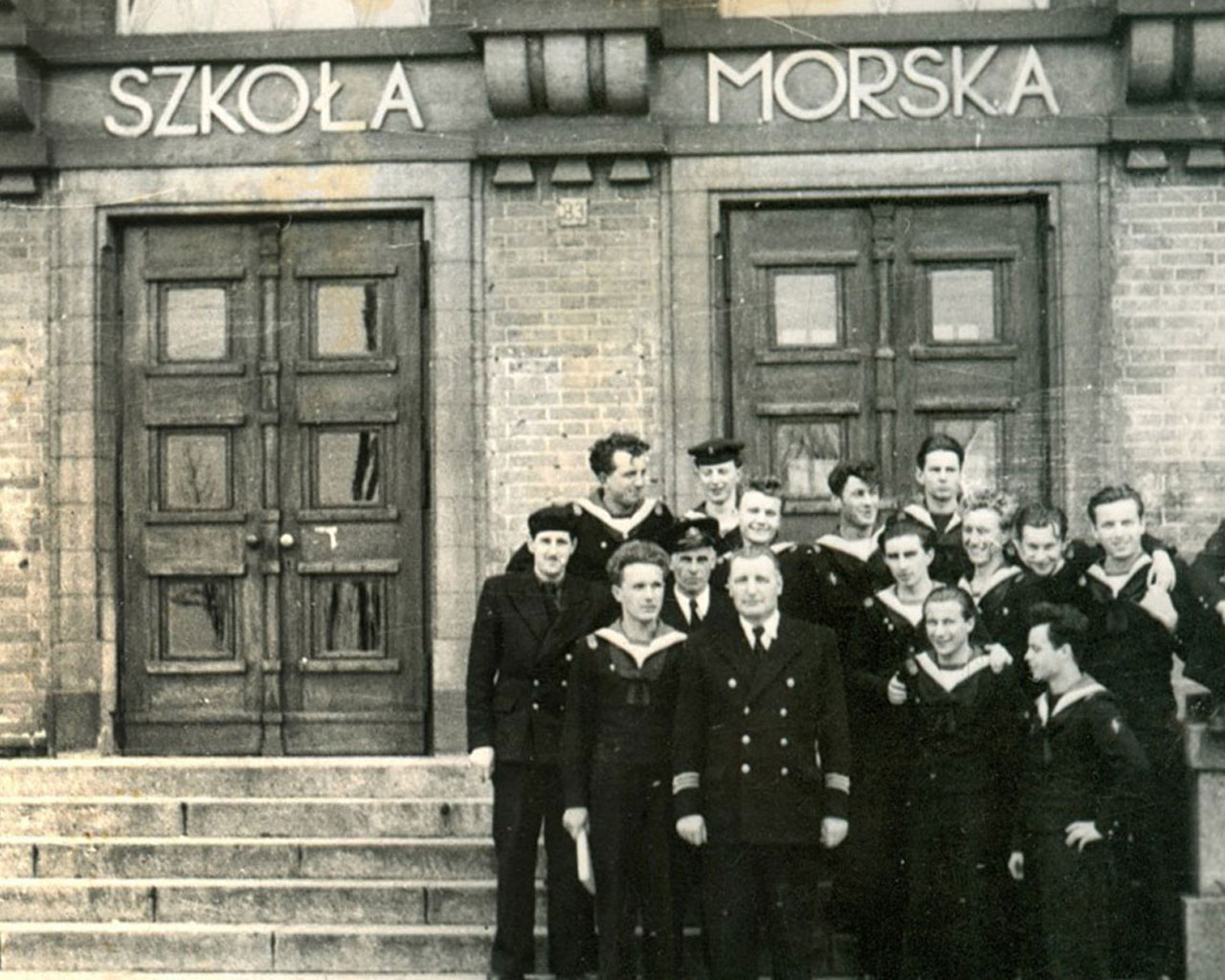
The Faculty of Navigation and the Dar Pomorza returned to Gdynia in 1953. In 1954, intake began for the newly formed Faculty of Electrical Engineering, and the Minister of Shipping reinstated the school’s former name of Maritime School. Two years later it became the State Maritime School.
The school was granted the status of a technical college of post-secondary education in 1958.
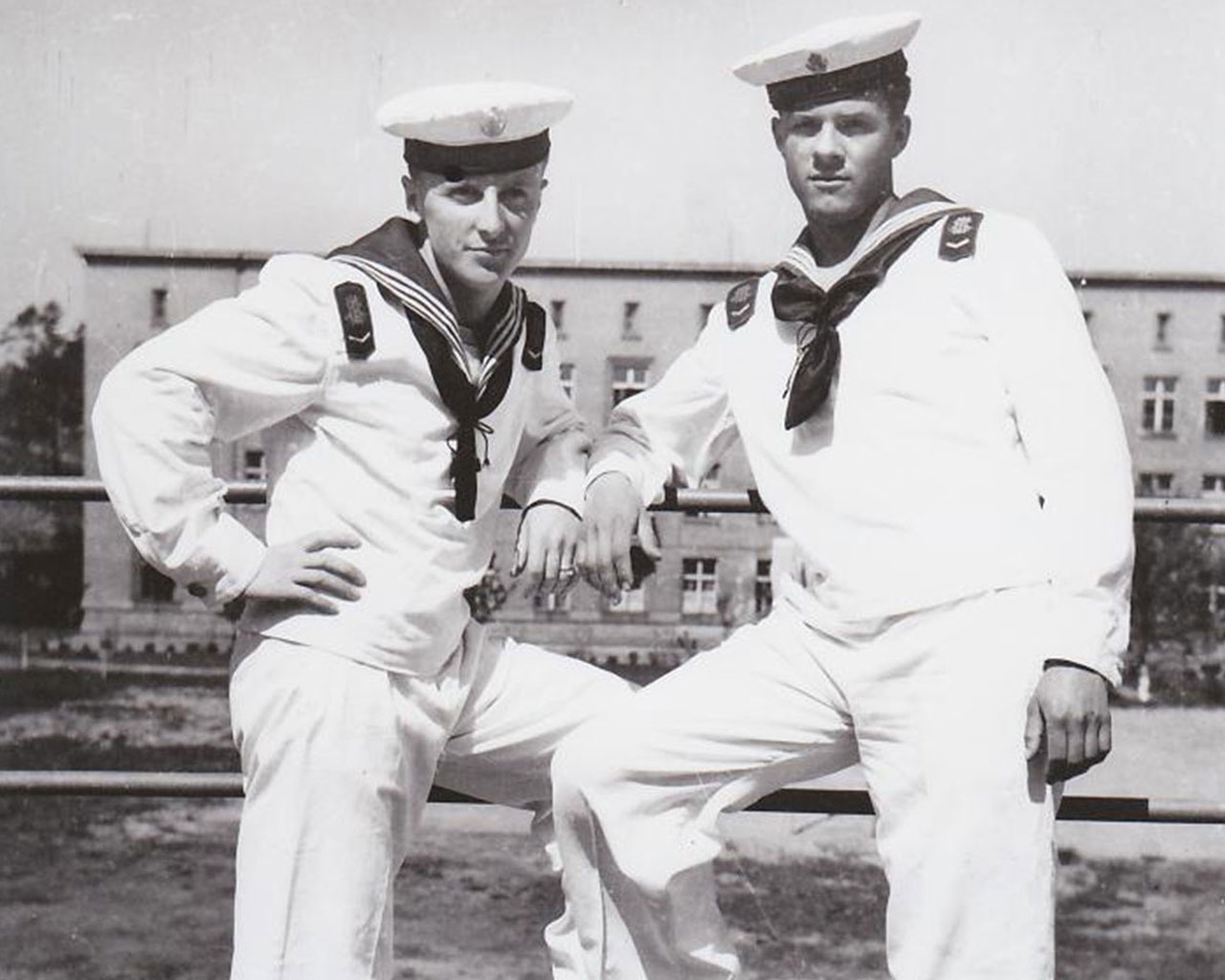
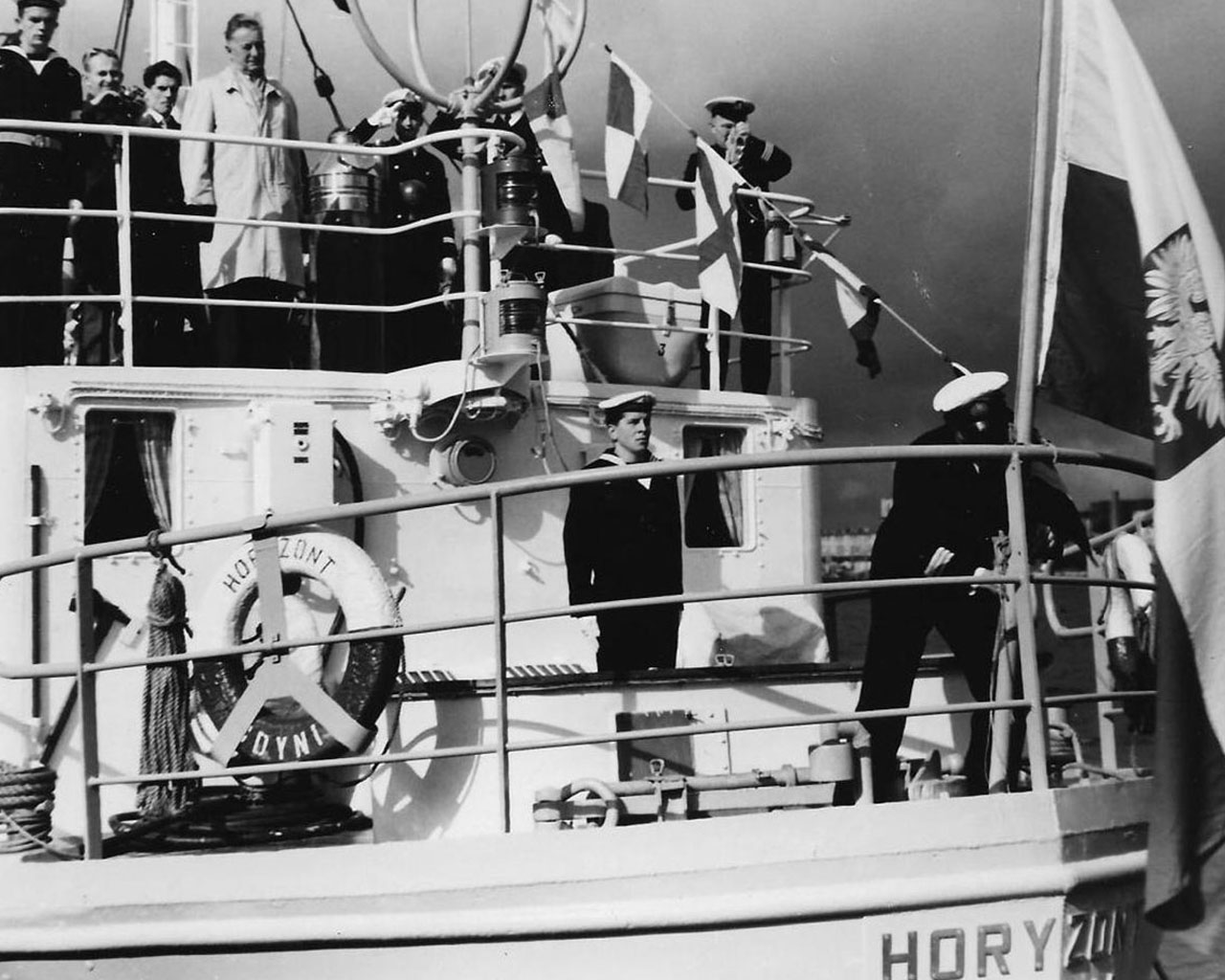
Two instrumental ships were introduced into service in 1962 – the Horyzont, which by the decision of the Minister of Shipping Stanisław Darskiwas, was handed over to the Gdynia State Maritime School, and the Zenit. These ships were involved in radar exercises during short outings in Gdansk Bay and on longer excursions on the Baltic sea and served for approximately 35 years.
The Maritime Higher School in Gdynia
In 1968, the State Maritime School was merged with the State Marine Fishing School founded in 1946 and became the Maritime Higher School in Gdynia. At the time, the school provided education within four faculties: Navigation, Marine Engineering, Electronics and Electrical Engineering and Administration and Economy.
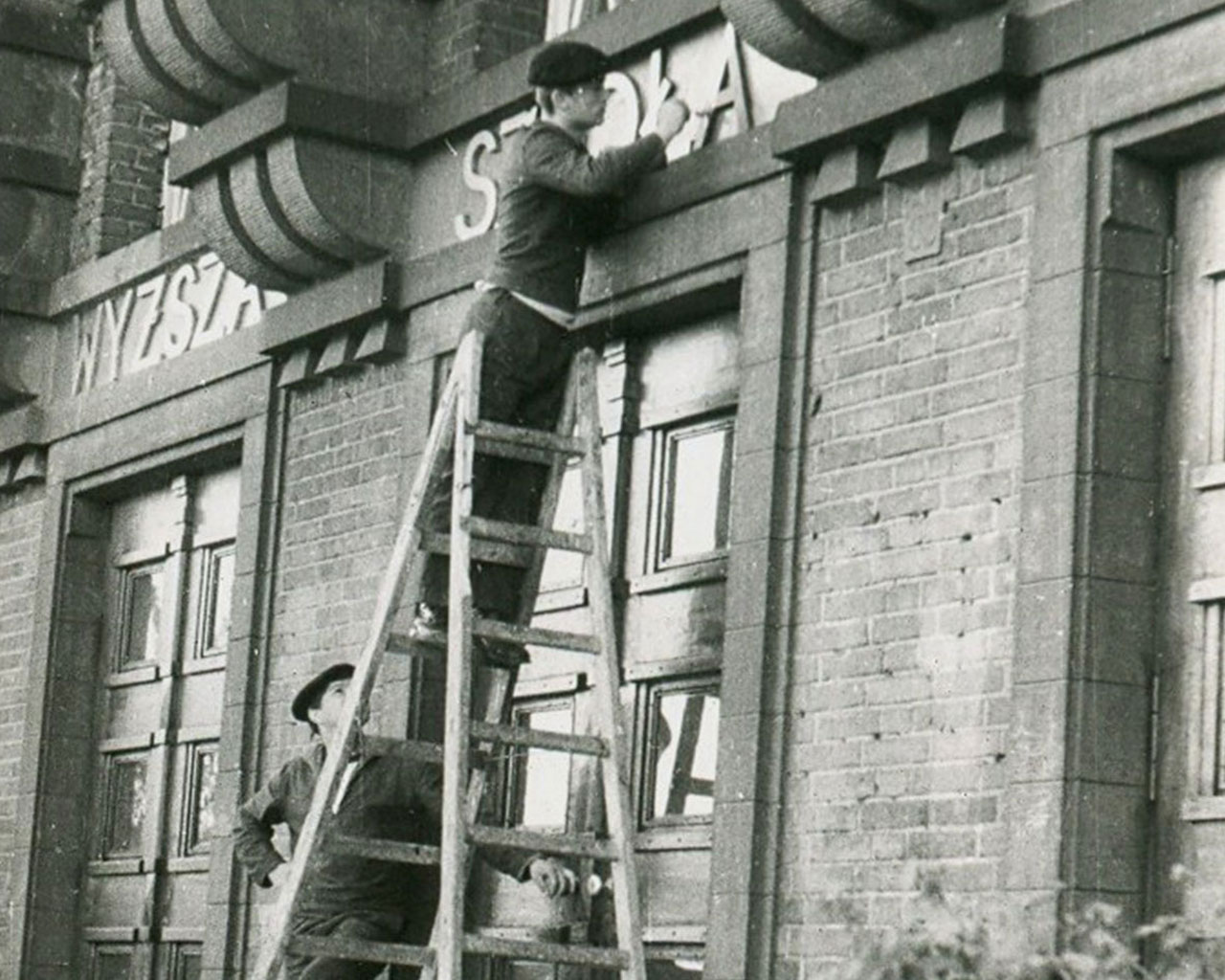
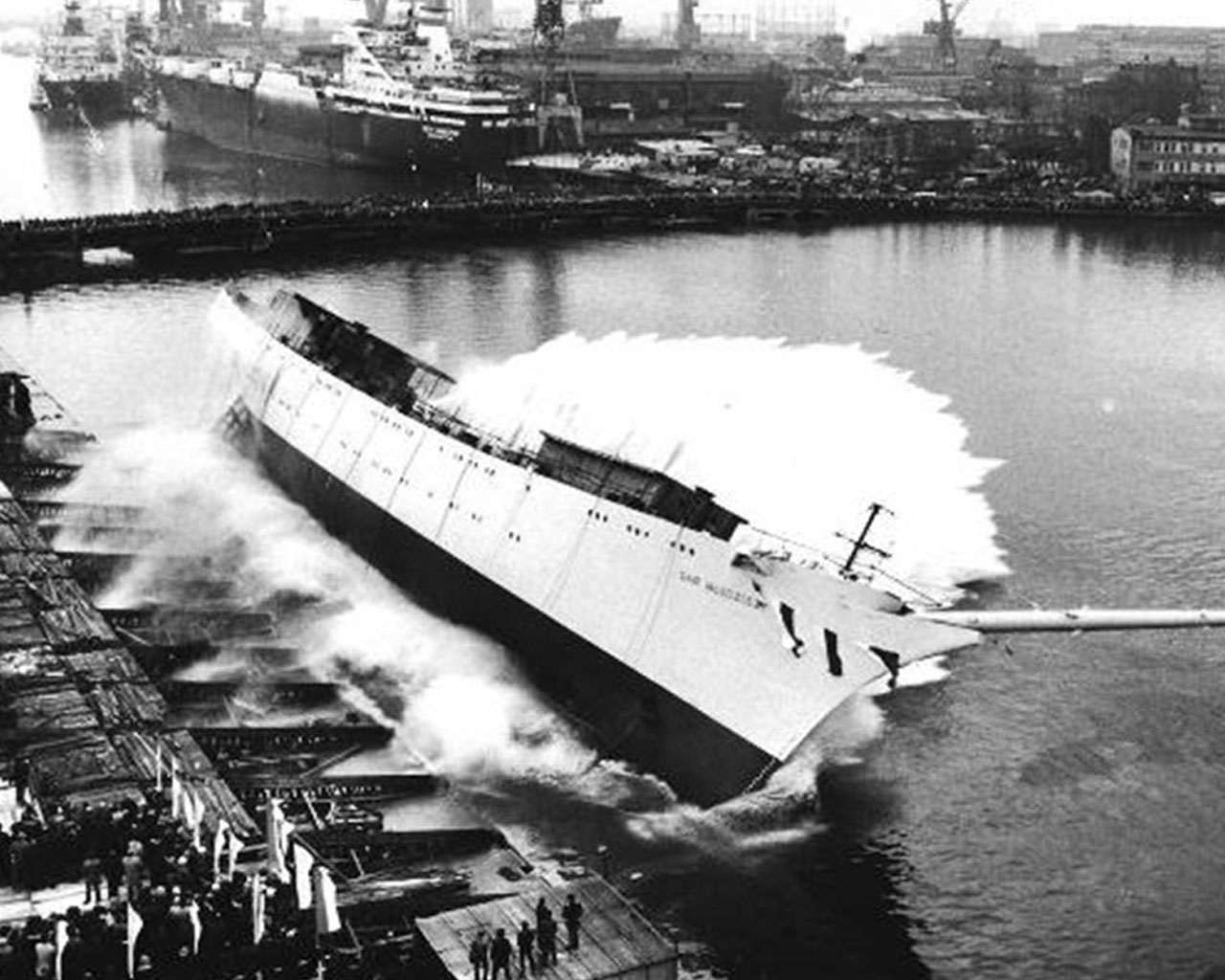
The Dar Młodzieży was introduced into service in 1982.
It set sail on its maiden voyage on 10 July 1982 to Falmouth, England, where it joined the start of the “Operation Sail” sailing regatta. The commander and crew were presented with the Fair Play award by the International Olympic Committee for a rescue operation carried out during the race.
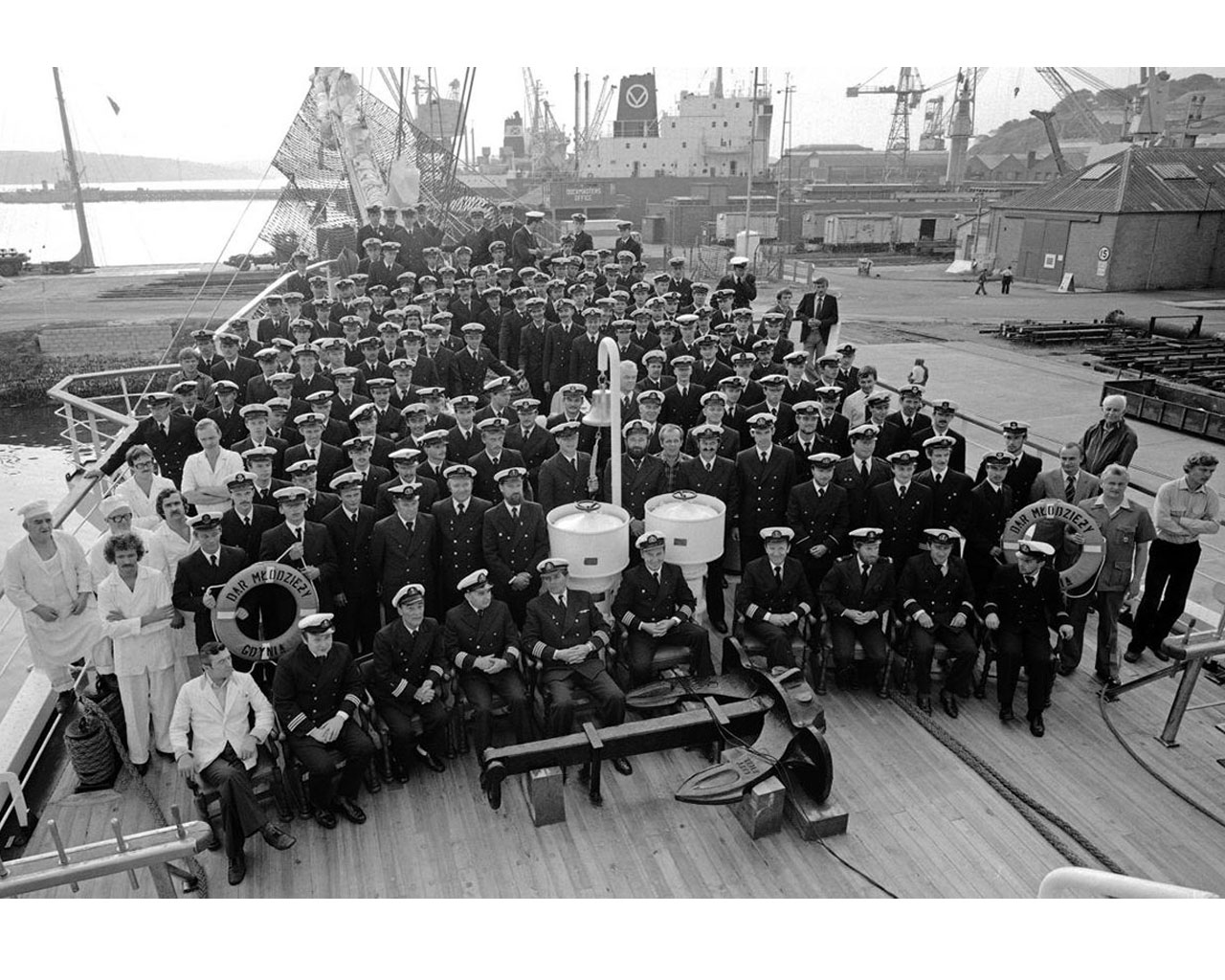
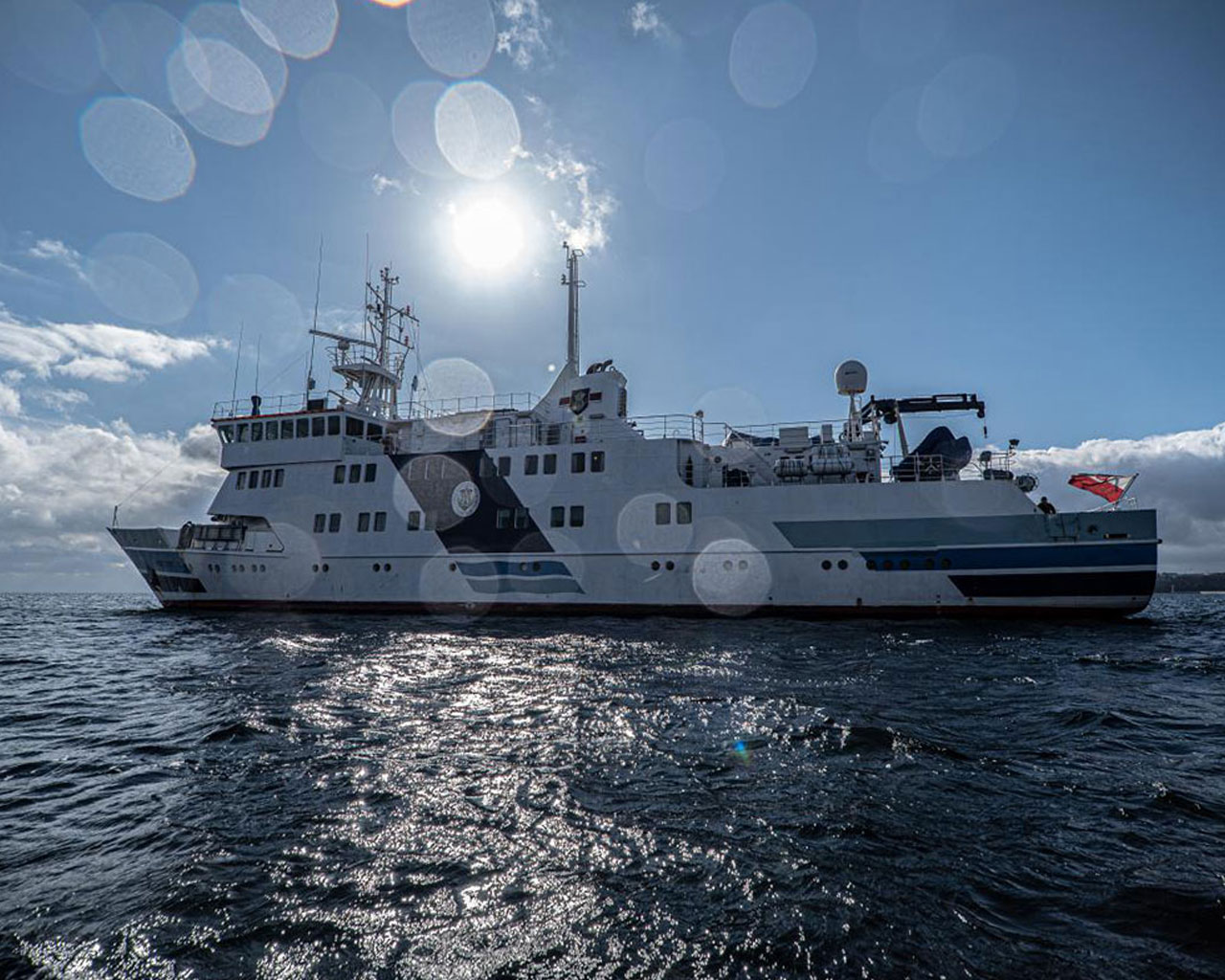
In the year 2000, a new research training ship, Horyzont II, was added to the Maritime School’s float. The ship first left port on 9th May 2000, sailing around the Baltic, before settings sail on an expedition to the island of Spitsbergen at the end of June of the same year. In late December 2000, the ship embarked on its longest voyage to date with supplies for the Polish base on King George Island, off the coast of Antarctica.
Gdynia Maritime Academy
In 2001, the Higher Gdynia Maritime School was renamed Gdynia Maritime Academy. The change in the institution's name was the coronation of the continued efforts of the School’s leaders and staff to increase its prestige and precedence.


In addition to majors in maritime subjects, other courses of study not directly related to work at sea were also developed in order to better reflect the complex global economic system that is the maritime industry and that requires skills related to professional management, innovation, and interdisciplinary research from areas of technical, natural, legal, and economic sciences.
The academy’s flagship Dar Pomorza spent most of its time during this period in European waters, taking part in the majority of the ever more popular sailing rallies and regattas as part of maritime festivals, and becoming a true sea-going ambassador for Poland.
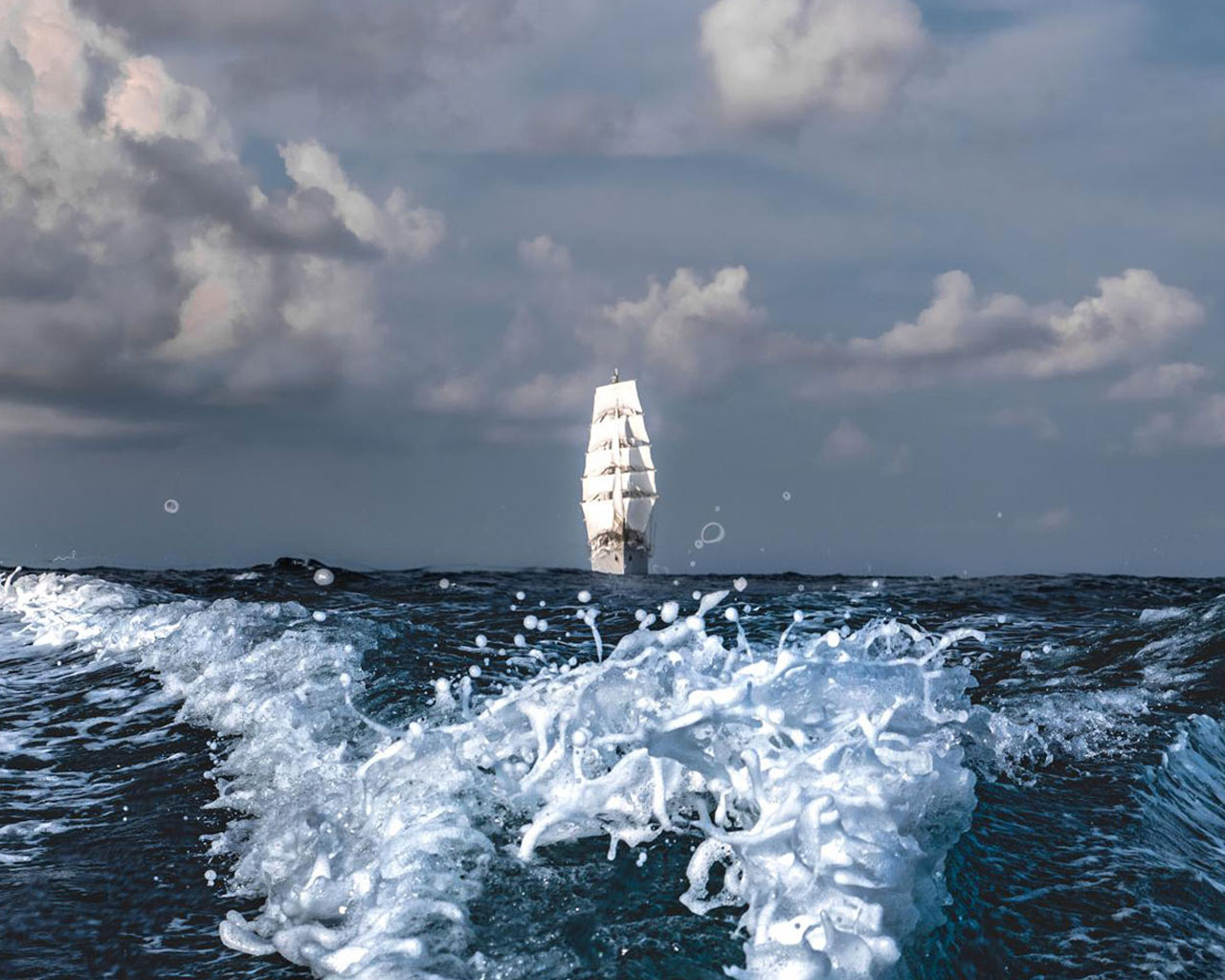
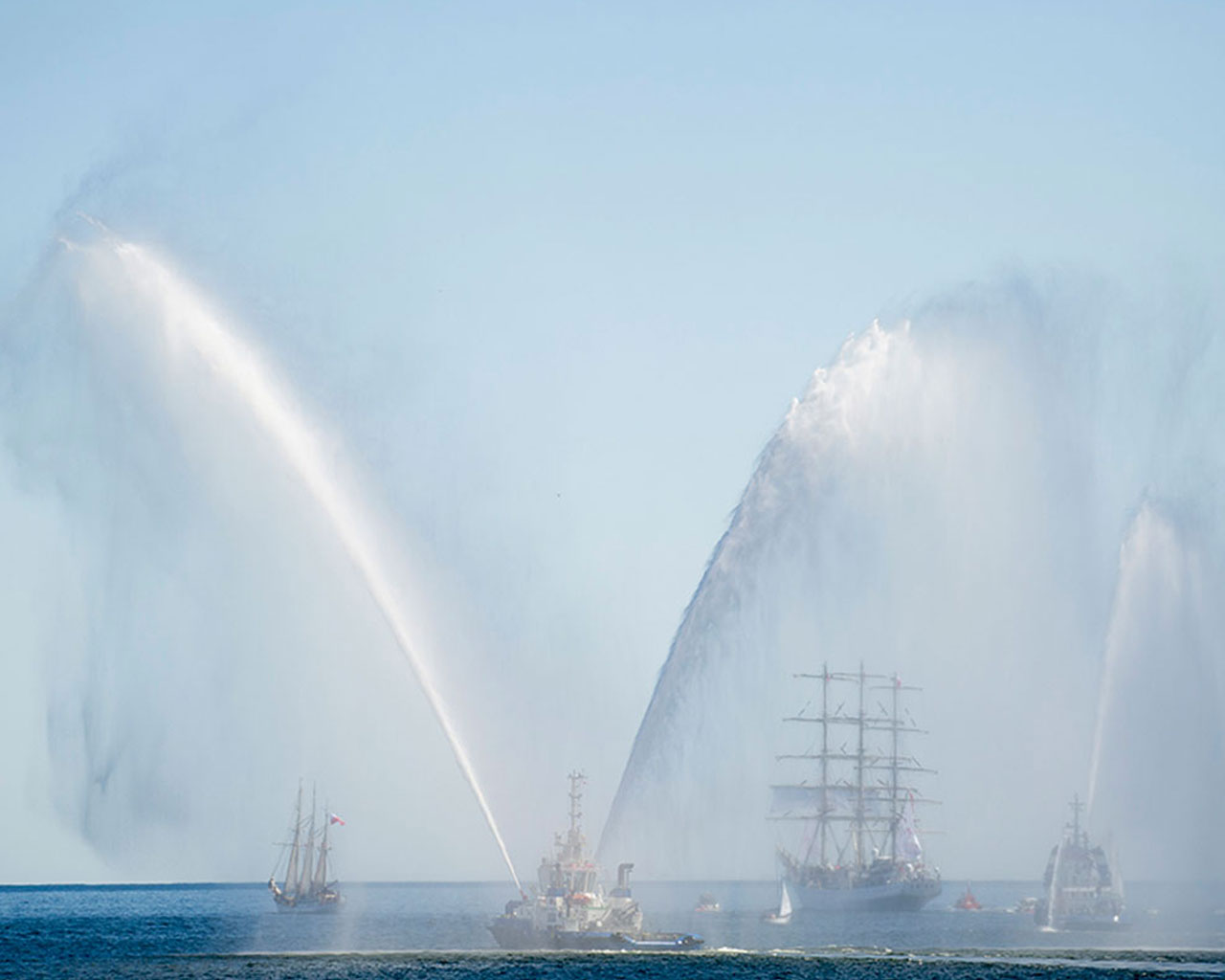
On 20th May 2018, the Dar Młodzieży set off from the harbour in Gdynia on the Independence Sail – for the 2nd time in its history the frigate successfully circumnavigated the globe, leaving in its wake 38,000 nautical miles during 313 days at sea.
Gdynia Maritime University
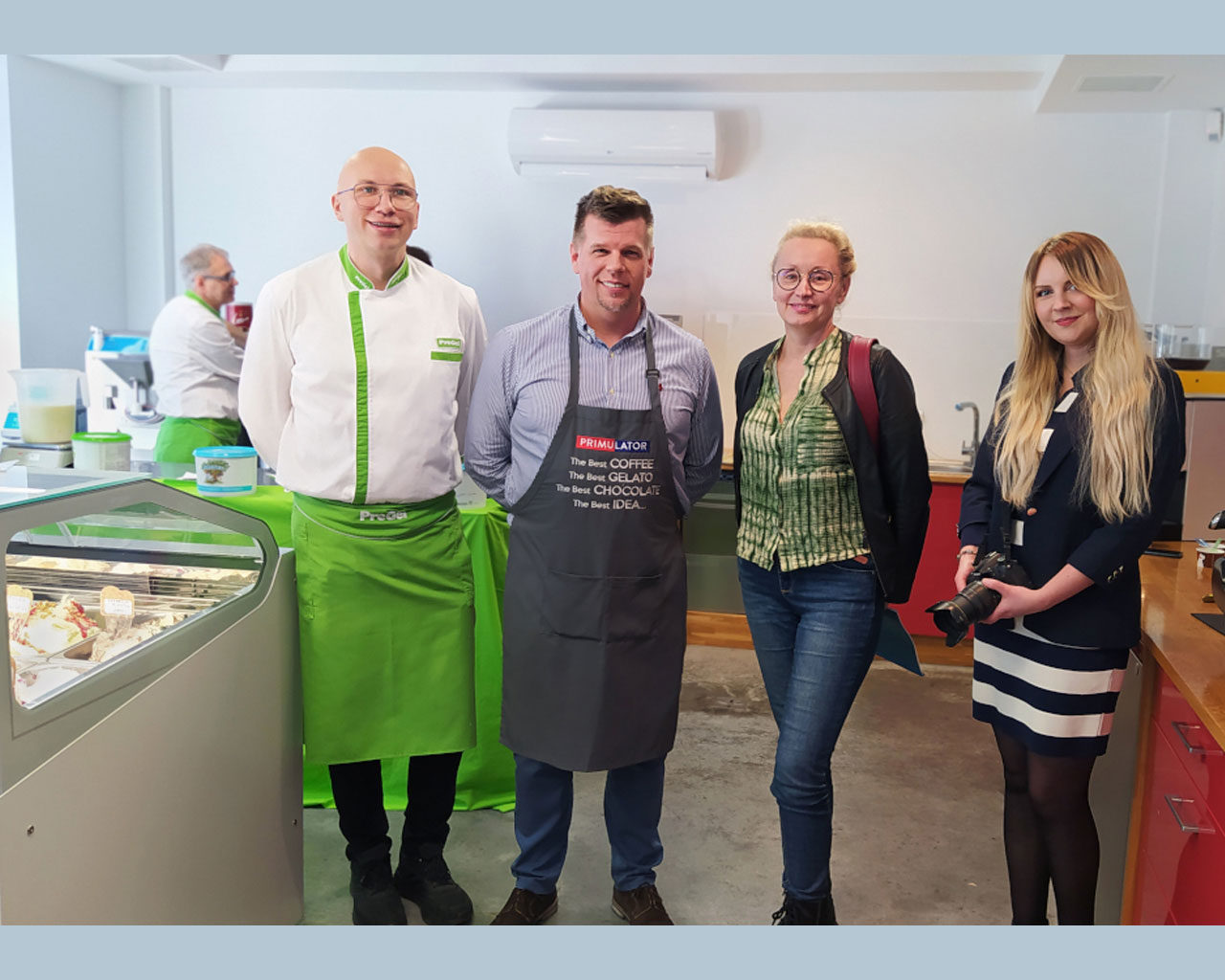
On 1 September 2018, under the Regulation of the Minister for Maritime Economy and Inland Navigation, the Academy became the Gdynia Maritime University. The change followed the attainment of the right to award doctoral degrees and its compliance with the requirements for university status.
In the autumn of 2019, the decision was made by the Minister of Science and Higher Education to incorporate the Gdansk Maritime Institute, an important research and development unit with 50 years of experience in carrying out projects within the wider maritime economy, into the existing structure of Gdynia Maritime University.
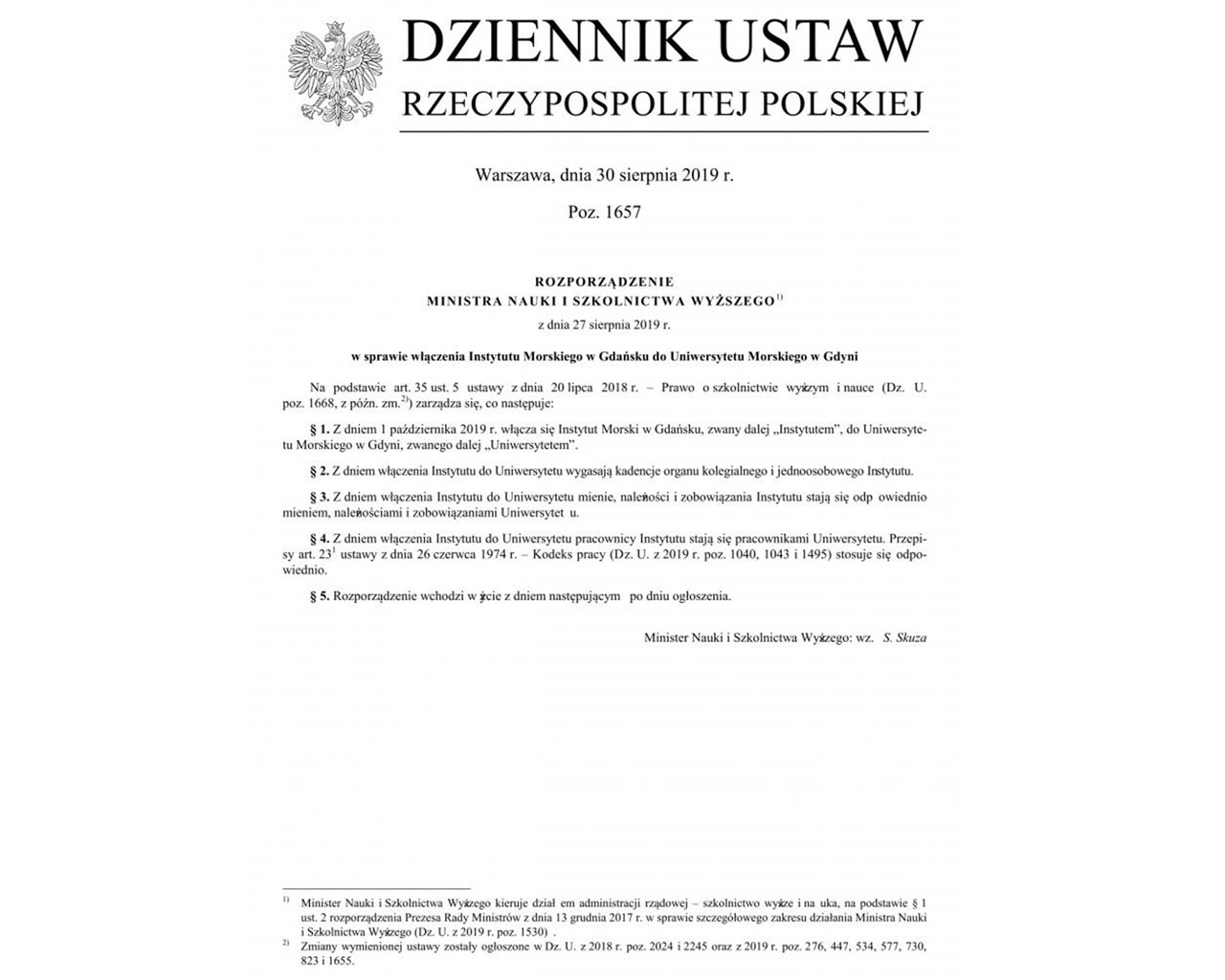
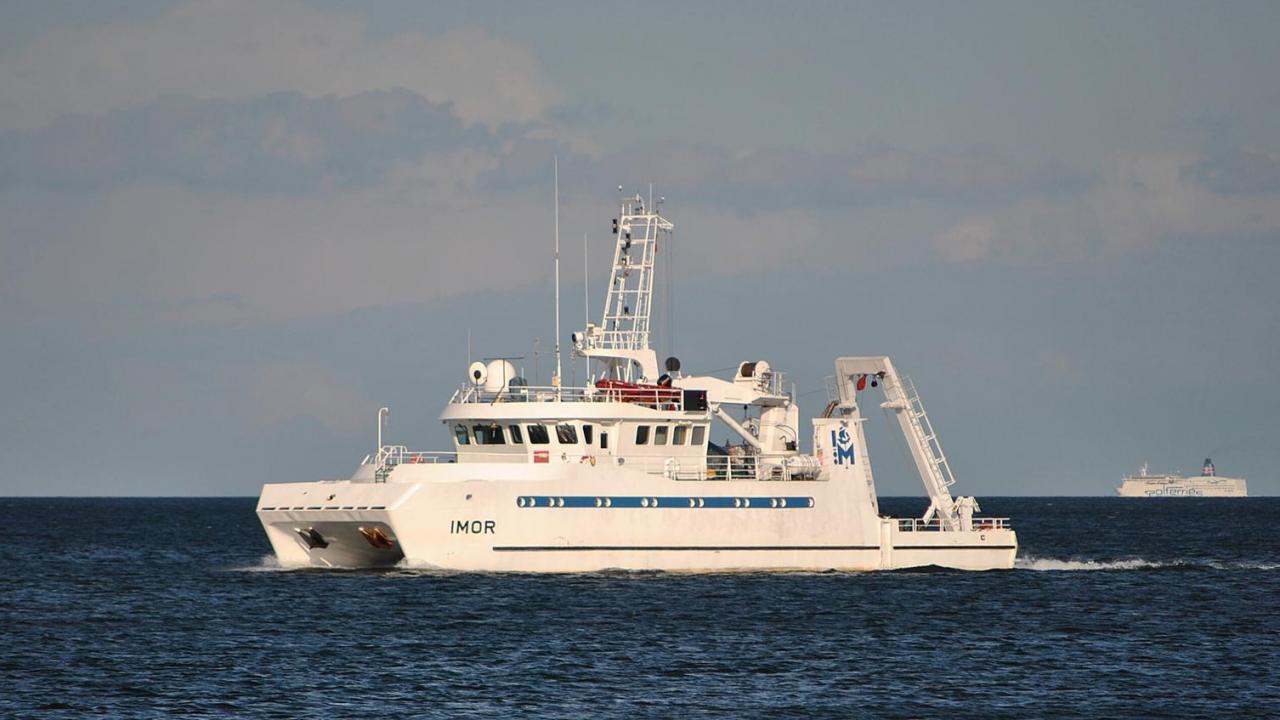
At the time of the University’s acquisition of the Maritime Institute, it also acquired a modern catamaran research vessel named Imor which was added to the existing fleet, including the Dar Młodzieży and Horyzont II.
The inauguration of the first academic year of Gdynia Maritime University, the 100th inauguration of a new academic year in the history of Polish maritime education, took place on 5 October 2019.
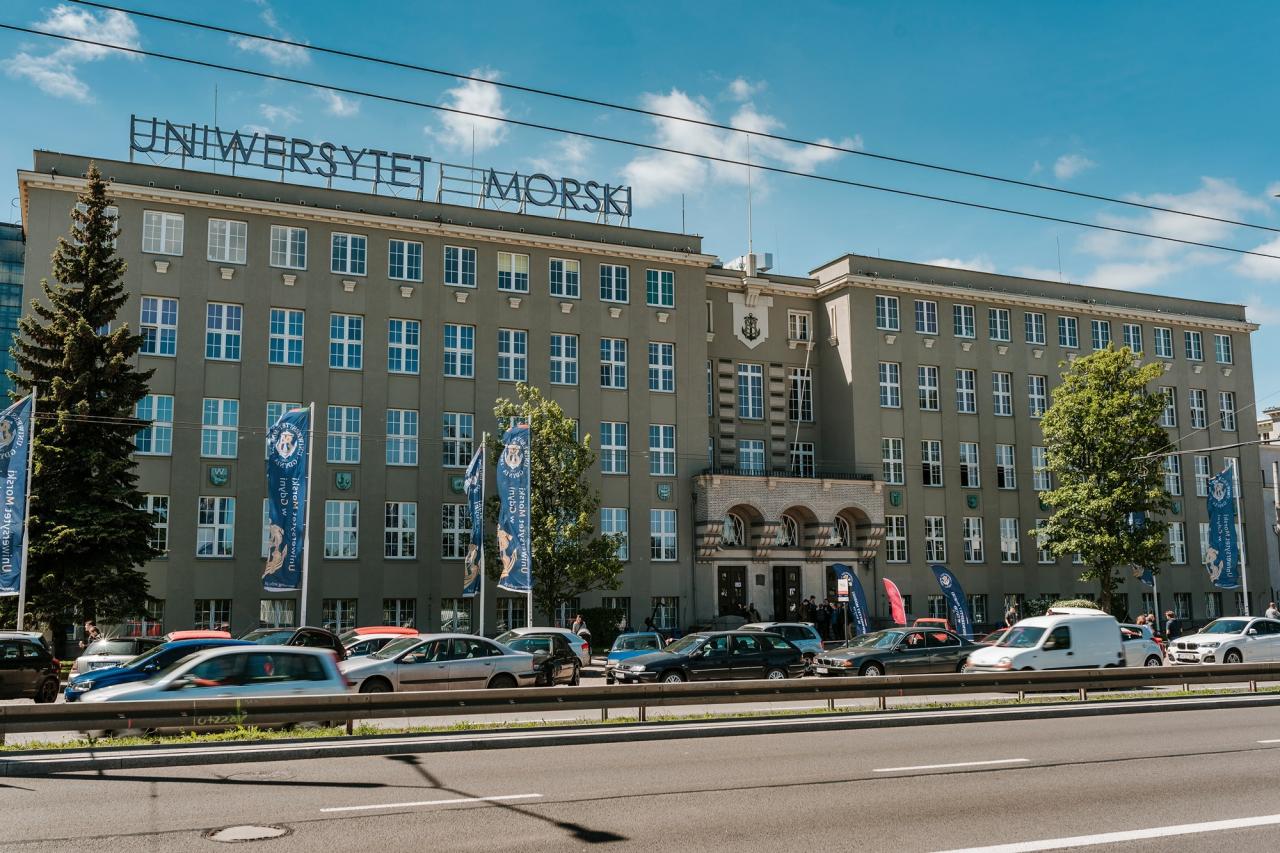

2020 marked the centenary of Polish maritime education and the foundation of the maritime school. The Covid-19 pandemic forced the celebrations to take place on a smaller scale than we might previously have imagined.
Following the traditional raising of the flag on the University’s main building, 17 June 2020 saw the burying of a time capsule and the ceremonial addition of Uniwersytet Morski to the nameplate of the local railway station. On 30 July 2020, two marble plaques were installed on the wall of the lobby opposite the University’s main entrance – one commemorating the names of the school’s directors and rectors, and the other the honorary doctors of GMU.
On 8 December - University Celebration Day – a plaque honouring the 100th anniversary of Maritime education in Poland was also unveiled.
On 29 May 2023, the Dar Młodzieży left port on a six-month voyage commemorating the crossing of the Equator by Lwów, the sail training ship of the Maritime School in Tczew and the first ship flying the Polish flag to make this spectacular journey. Dar Młodzieży crossed the equator on 28 September 2023. The tall ship returned to its home port in Gdynia on 11 November 2023, greeting Gdynia with a broadside parade. The ship was welcomed home by the applause of locals who came following the Independence Parade and waited on the quay for the arrival of the Dar Młodzieży.
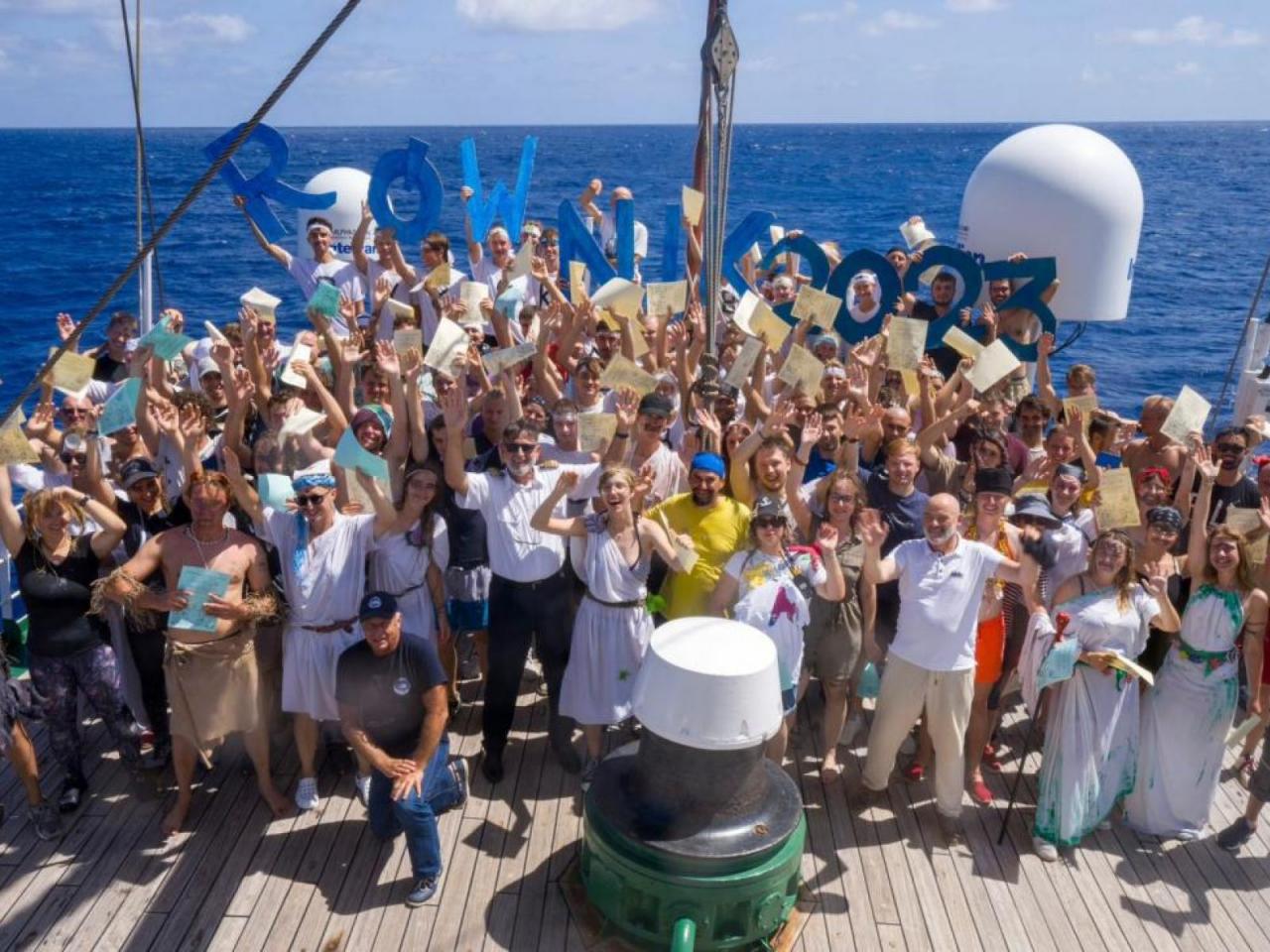
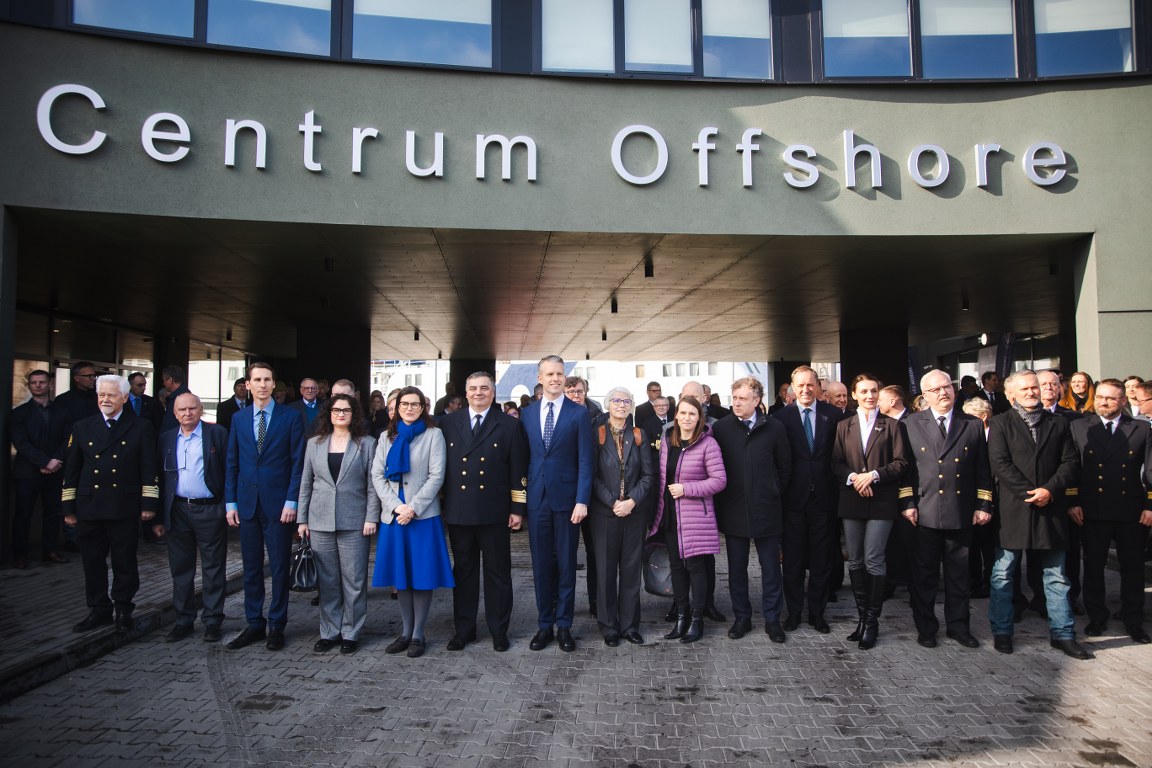
On 29 February 2024, the University held the Grand Opening of the GMU Centre for the Offshore Industry. GMU's new research facility – the headquarters of the GMU Maritime Institute and the Offshore Wind Energy Centre is located near the Wisłoujście Fortress and the waters of the Port of Gdańsk. Our ambition at Gdynia Maritime University is for the Centre for the Offshore Industry to become a root in the growth of a "Polish Offshore Valley"! – said Rector Professor Adam Weintrit during the Opening Ceremony.
On 23 May 2024, the opening of the Sports and Recreation Centre took place at Gdynia Maritime University. The newly developed building is the first phase of the development of a sports and student accommodation complex planned for the University campus. In addition to a sports hall complete with a climbing wall, the facility includes a gym, saunas, conference rooms, guest rooms and an underground parking garage.
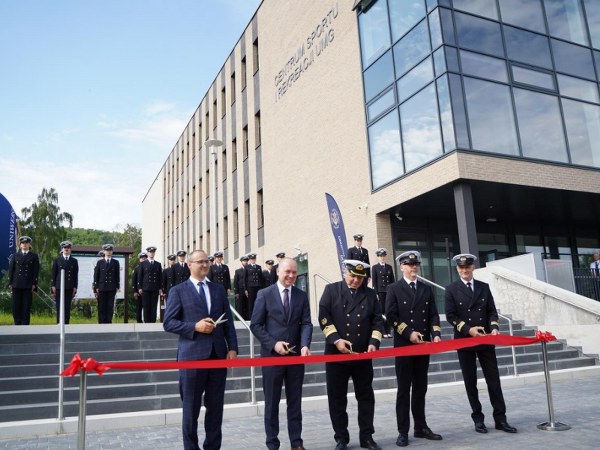
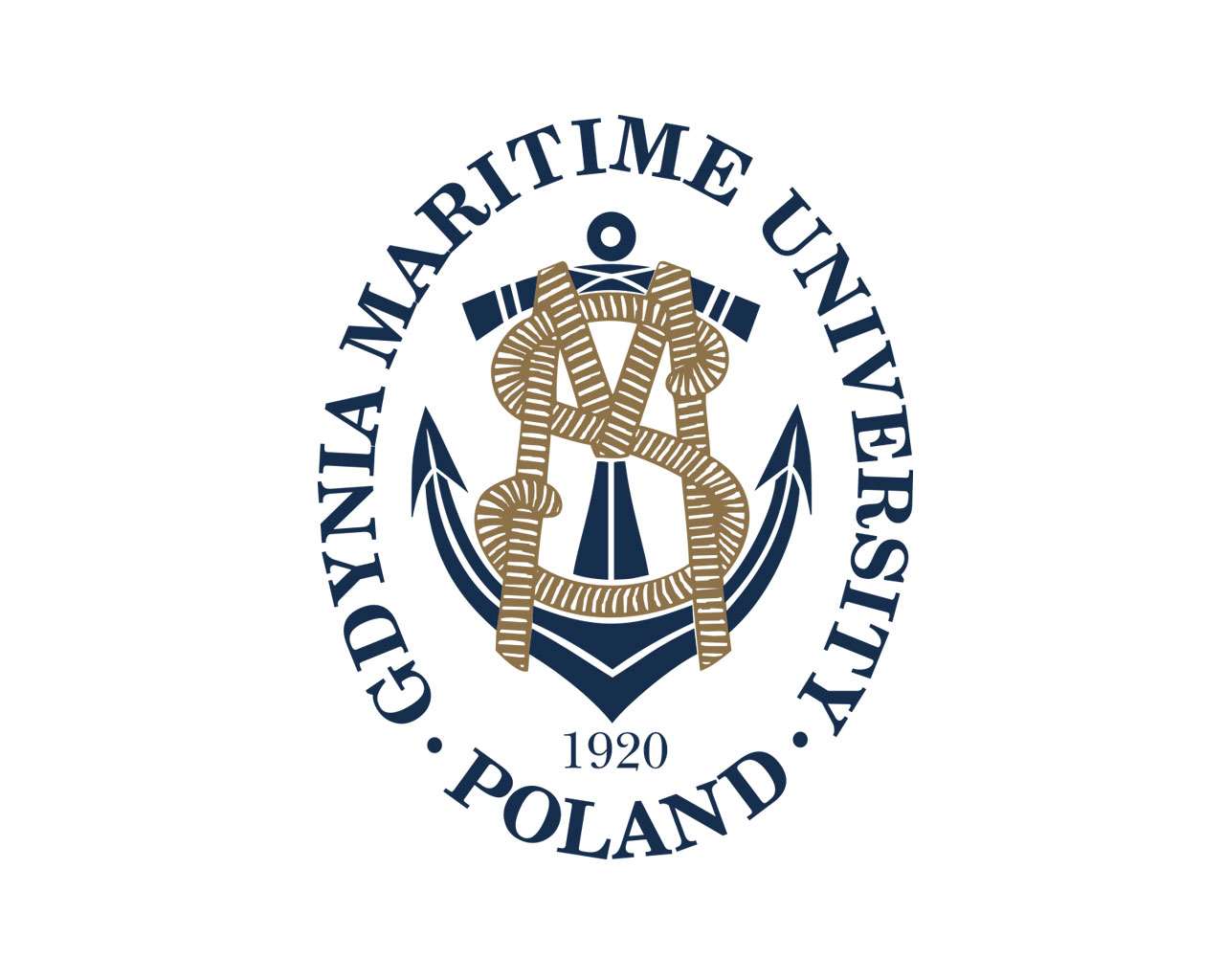
Today's University is made up of five faculties: Navigation, Marine Engineering, Electrical Engineering, Management and Quality Science, and as of September 2024, the newly formed Faculty of Computer Science, consisting of the departments of Fundamentals of Computer Science, Applied Informatics and Artificial Intelligence, Systems Engineering, Autonomous Systems, and Mathematics.
